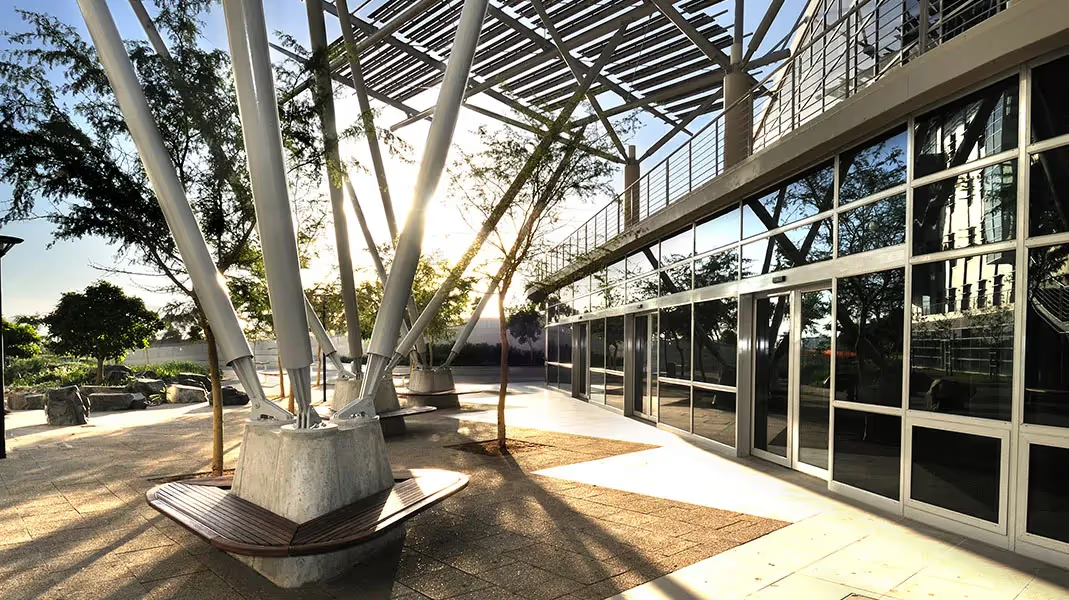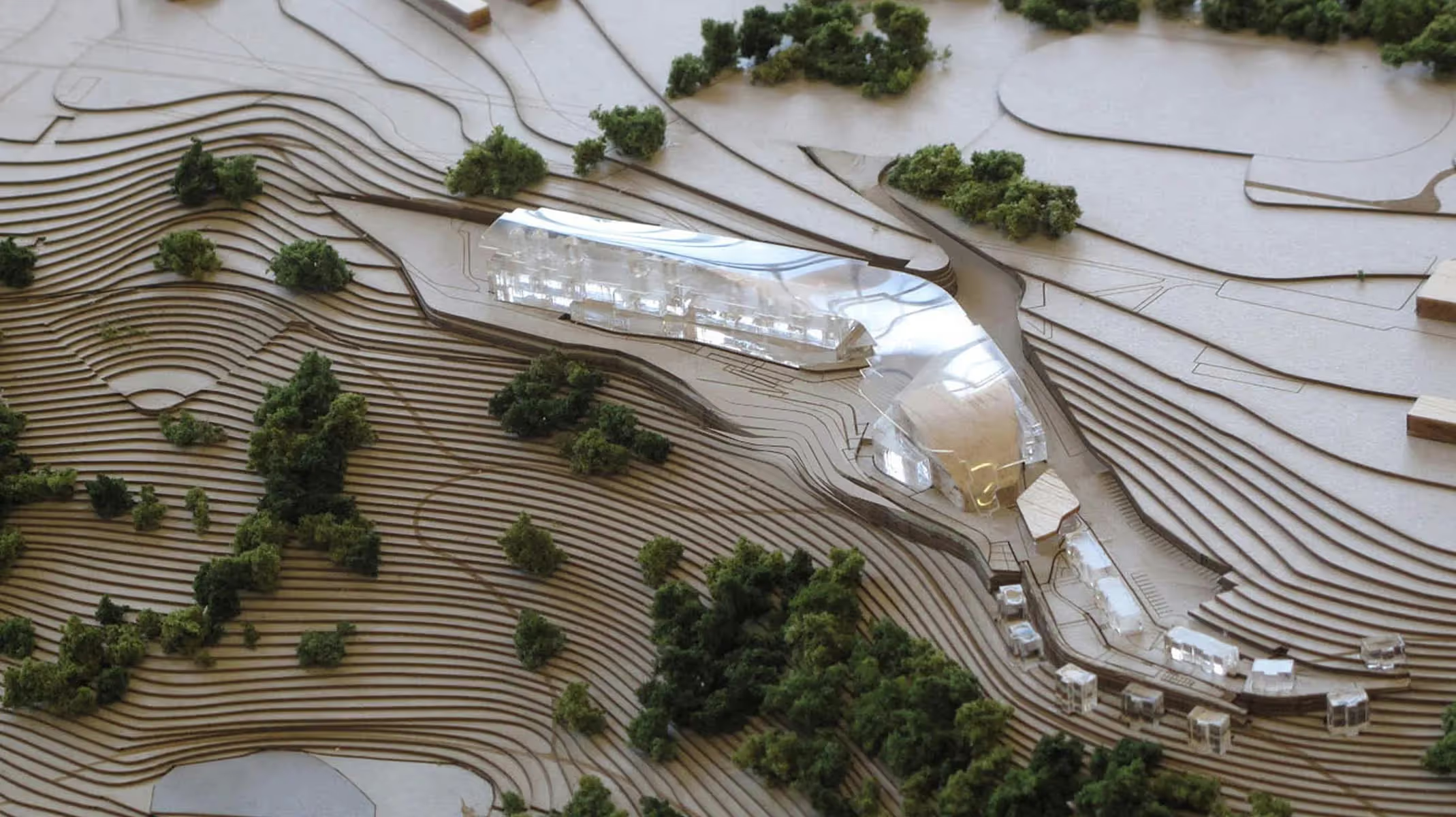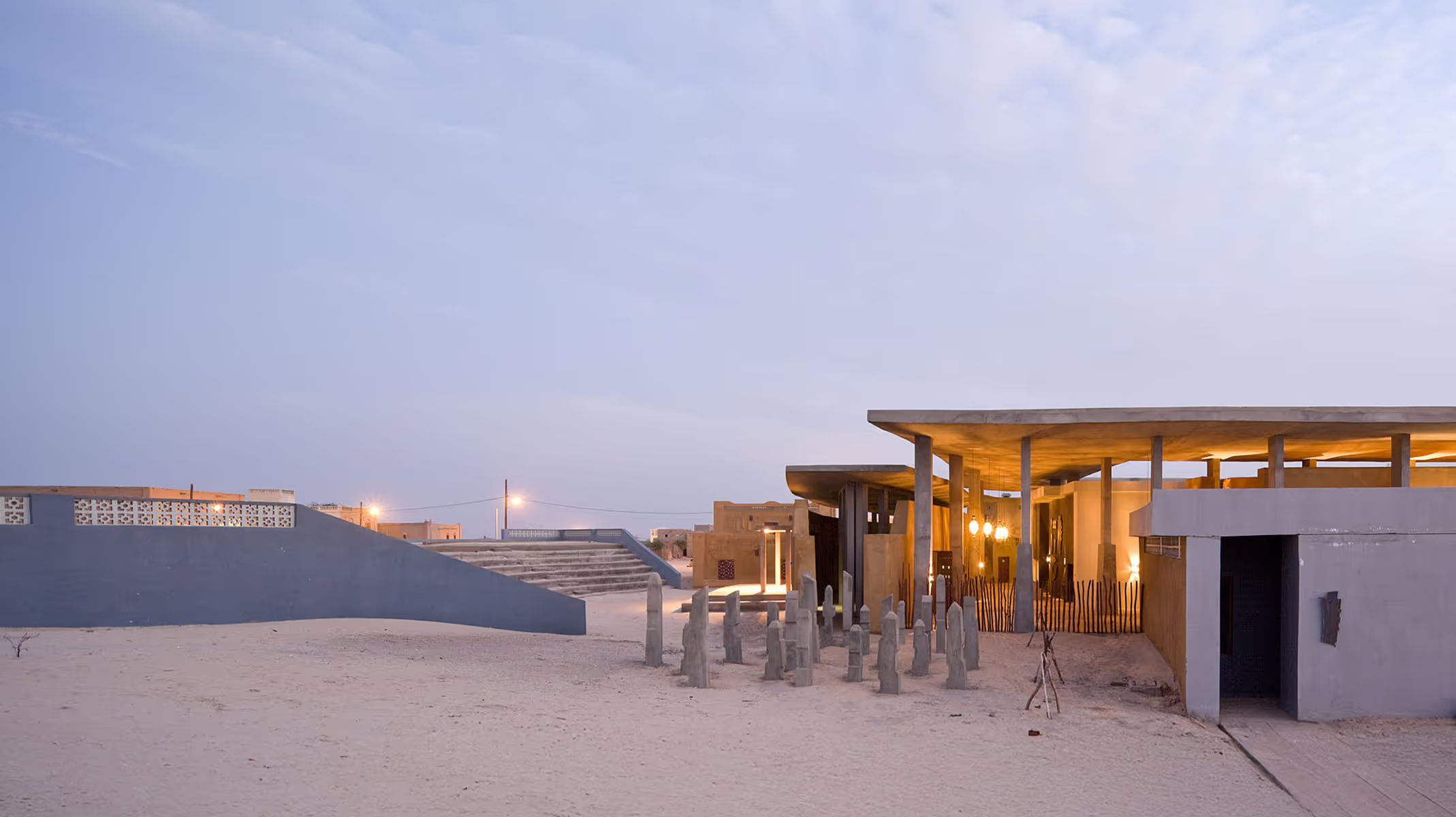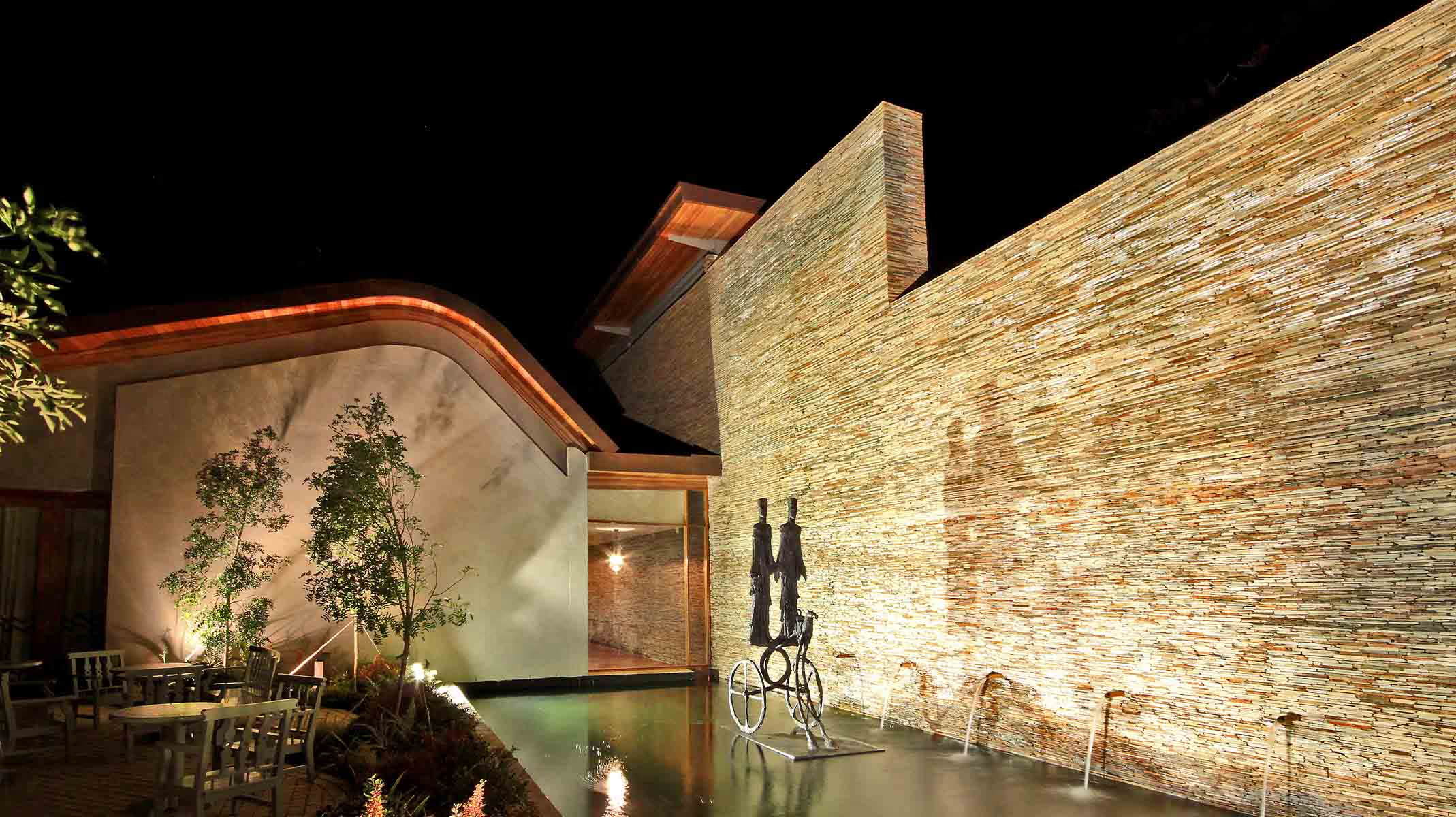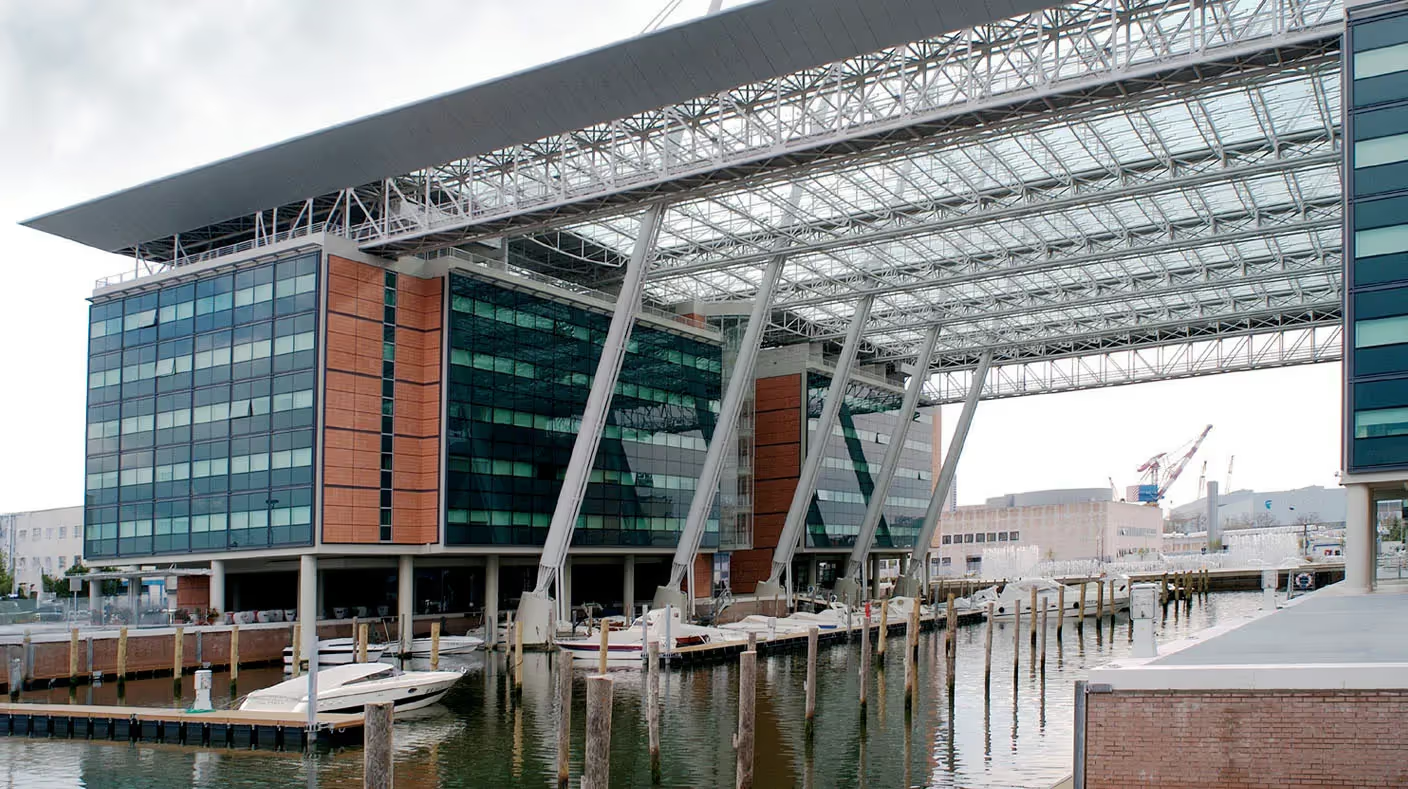[ view project ]
Battery Park is a 12000 sqm (1.2 hectare) urban park situated at a key entranceway to one of Africa’s most visited tourist destinations, the V&A Waterfront in Cape Town, South Africa. The brief from our clients, the V&A Waterfront, was to create a publicly accessible park which lies at the nexus of multiple new pedestrian routes, stitching the new district into the surrounding urban fabric and helping to invigorate the area. The park forms part of an urban design framework we created for the V&A Waterfront’s previously under-used Canal District. In 2024, work commenced on 5 Dock Road, a luxury residential development, which completes the masterplan vision.
The project comprises a park and piazza constructed over a 1 206-bay parking facility. New pedestrian routes have reinvigorated the precinct with activity of park users, office workers and passing pedestrian traffic. The site is of archaeological importance: it contains the remnants of the Amsterdam Battery, a coastal fortification that is one of the oldest structures in the city. This provided a unique opportunity for us to pay homage to the historic landmark while providing a contemporary public leisure space and parking facilities.
dhk’s response has created a new hub of activity within the V&A Waterfront. It has preserved the heritage of the Amsterdam Battery, once a place of exclusion and incarceration, and transformed it into a public space designed to support and engage the greater Cape Town community.
Historical datums revealed through archaeological excavations were used to inform the design. We maintained the historical courtyard level for the raised park, demarcated by planted edges above the new retail piazza, to represent the estimated natural ground level that fronted the battery. Other architectural and landscaped elements reflect the structure’s original footprint, such as semi-circular curved pathways, concrete additions to the rear ramparts, splayed canal-facing walls and concrete-clad structures. This was done to give visitors an authentic sense of the battery’s former size. An axial visual connection to Cape Town’s Noon Gun on Signal Hill was retained to preserve the site’s historic sightline.
A precast concrete panel structure – dubbed the interpretation pavilion – was built to the estimated height of the battery’s original walls. This links the park, piazza and parking facility via internal elevators. The interpretation pavilion displays historic cannons from Amsterdam Battery, thanks to research by the Cannon Association of South Africa. These were found scattered throughout the V&A Waterfront and preserved as part of the project’s historical reference. Three small openings form part of the structure’s canal-facing wall to resemble cannon embrasures.



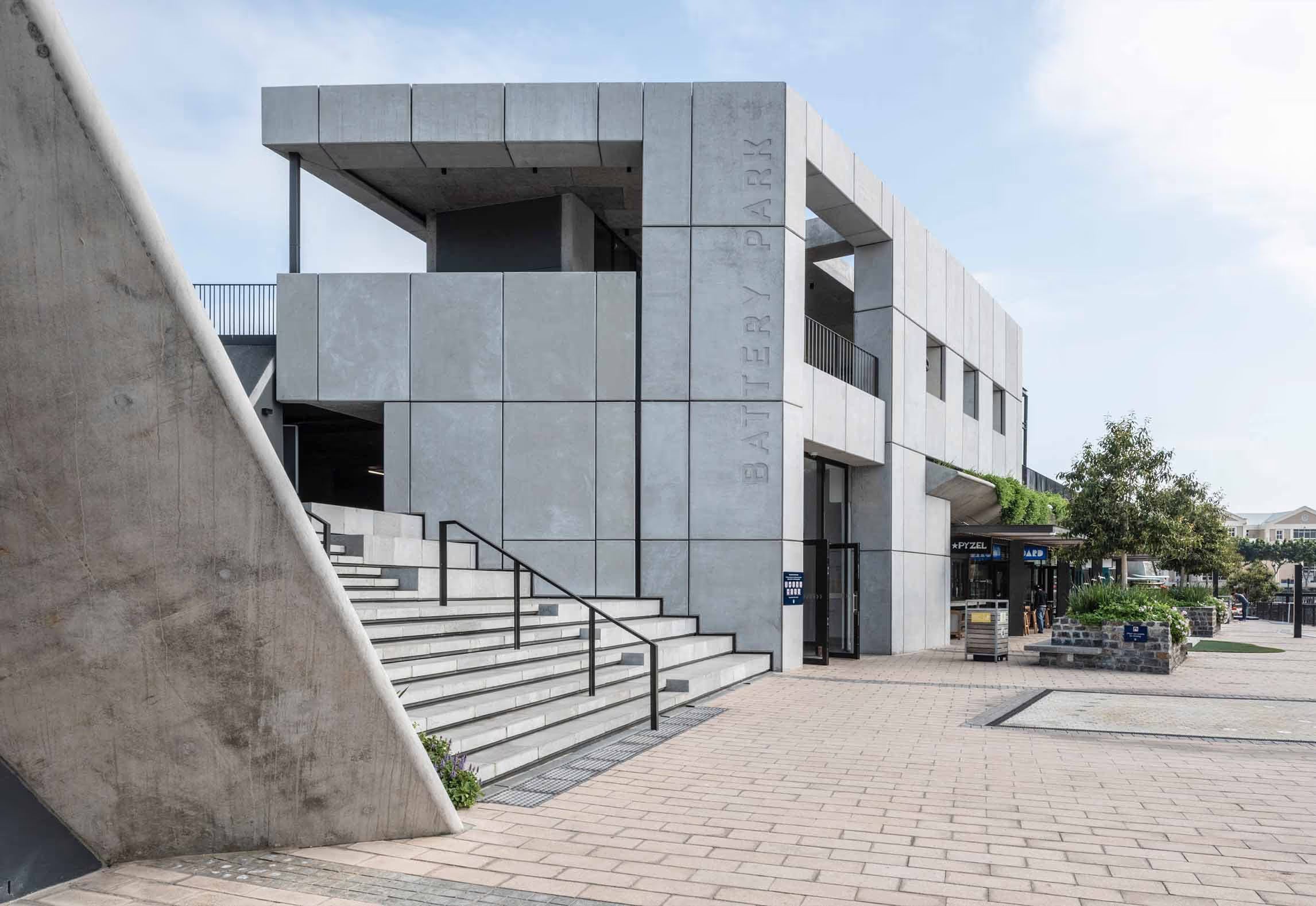

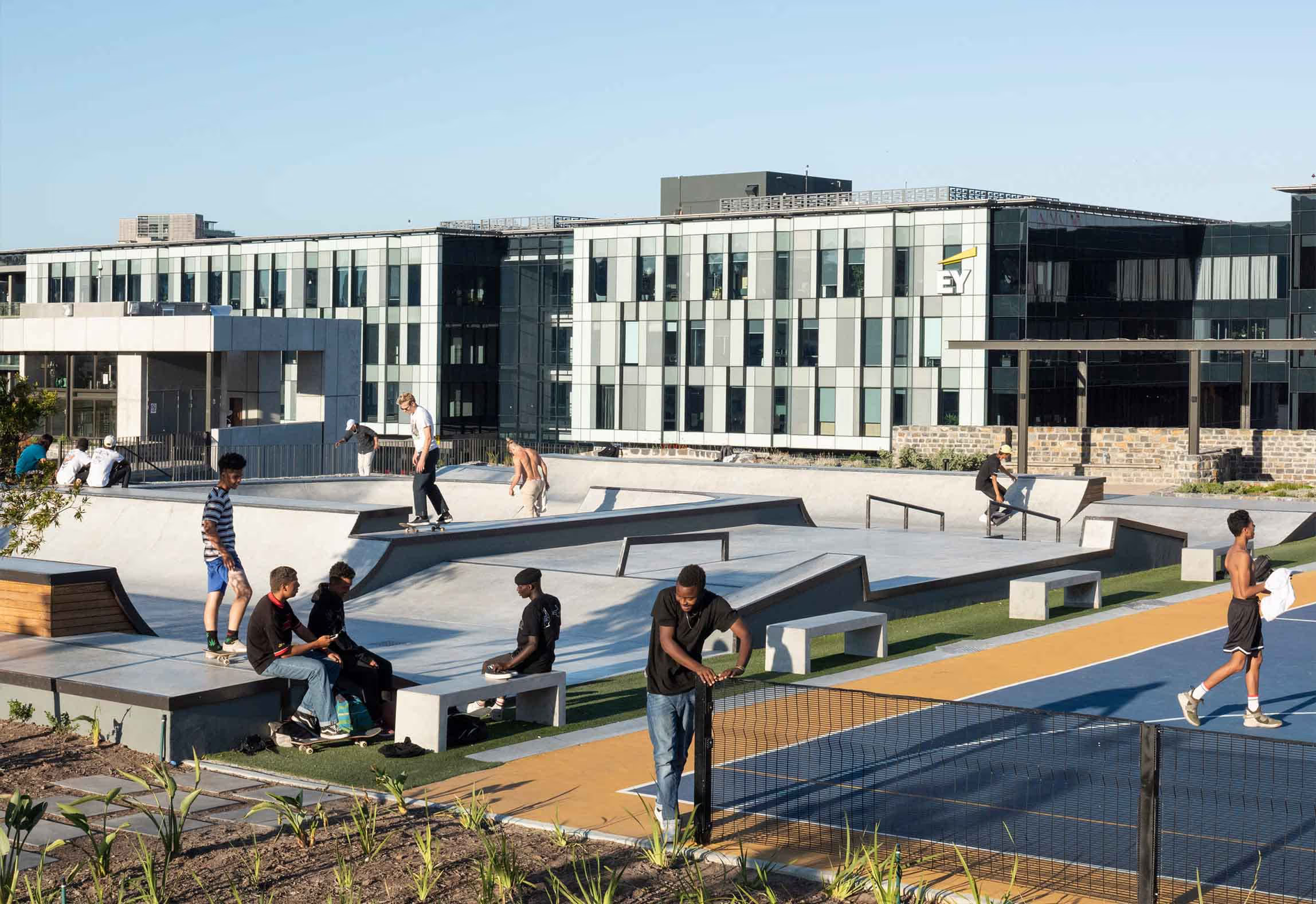



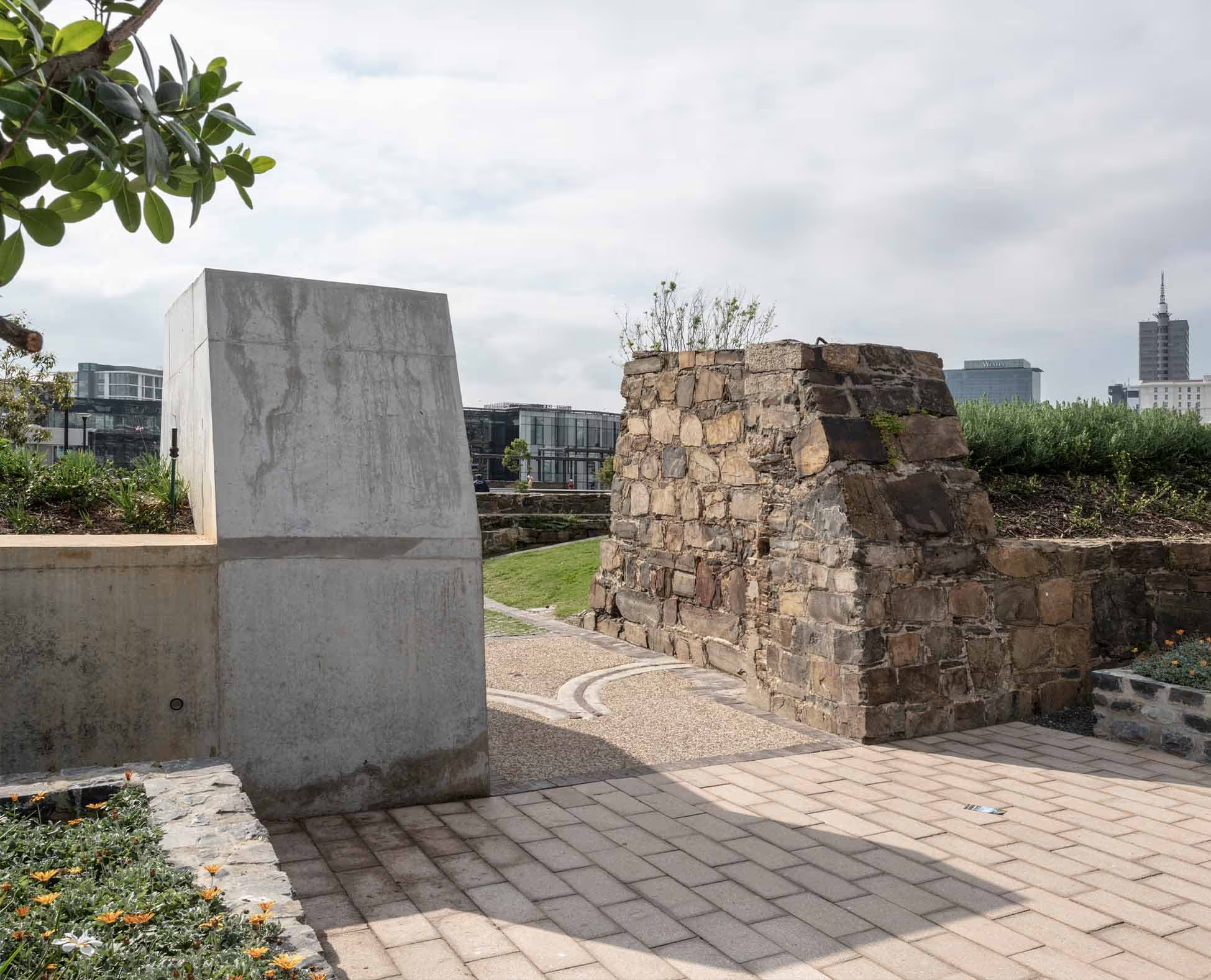



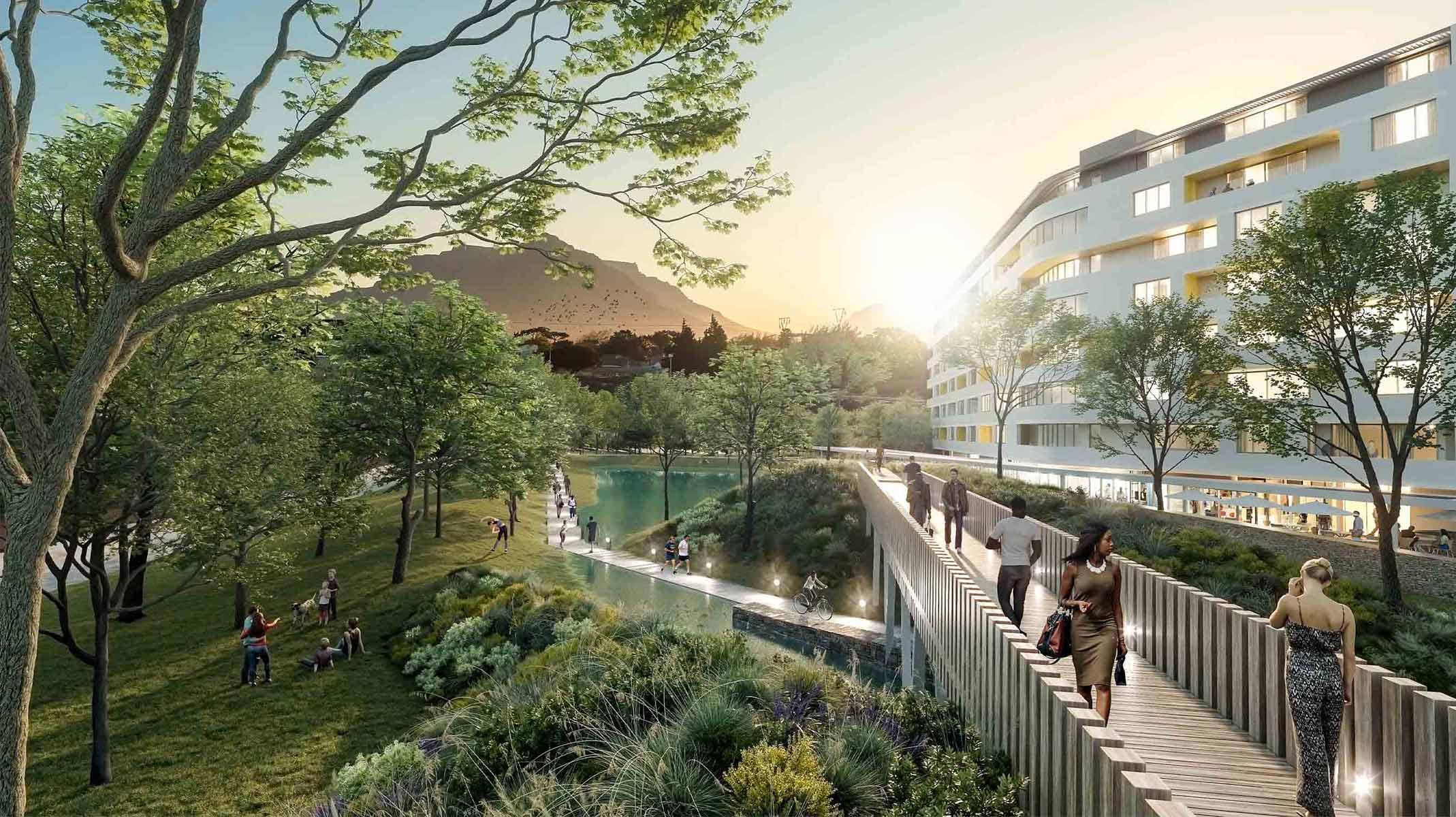
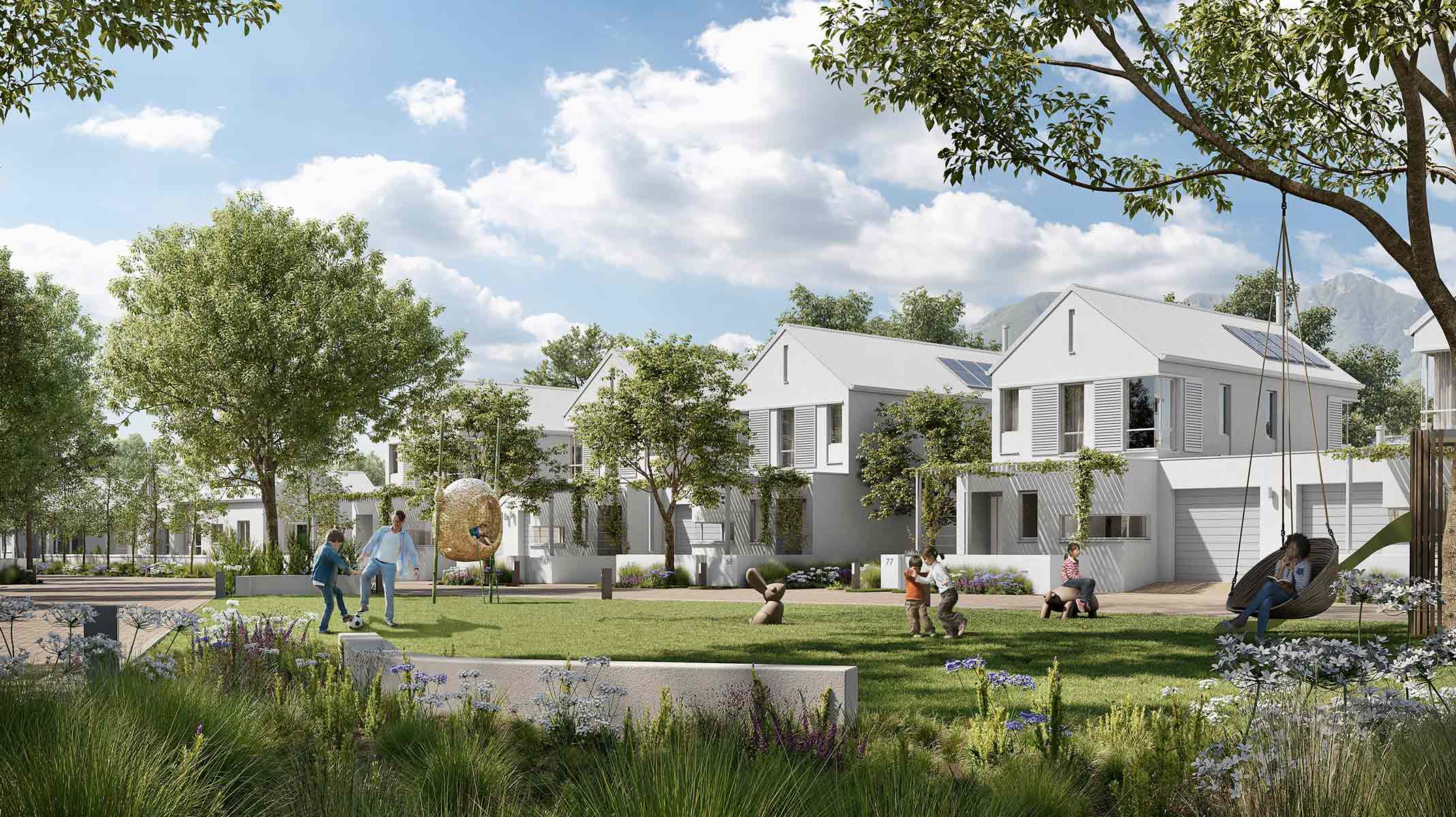
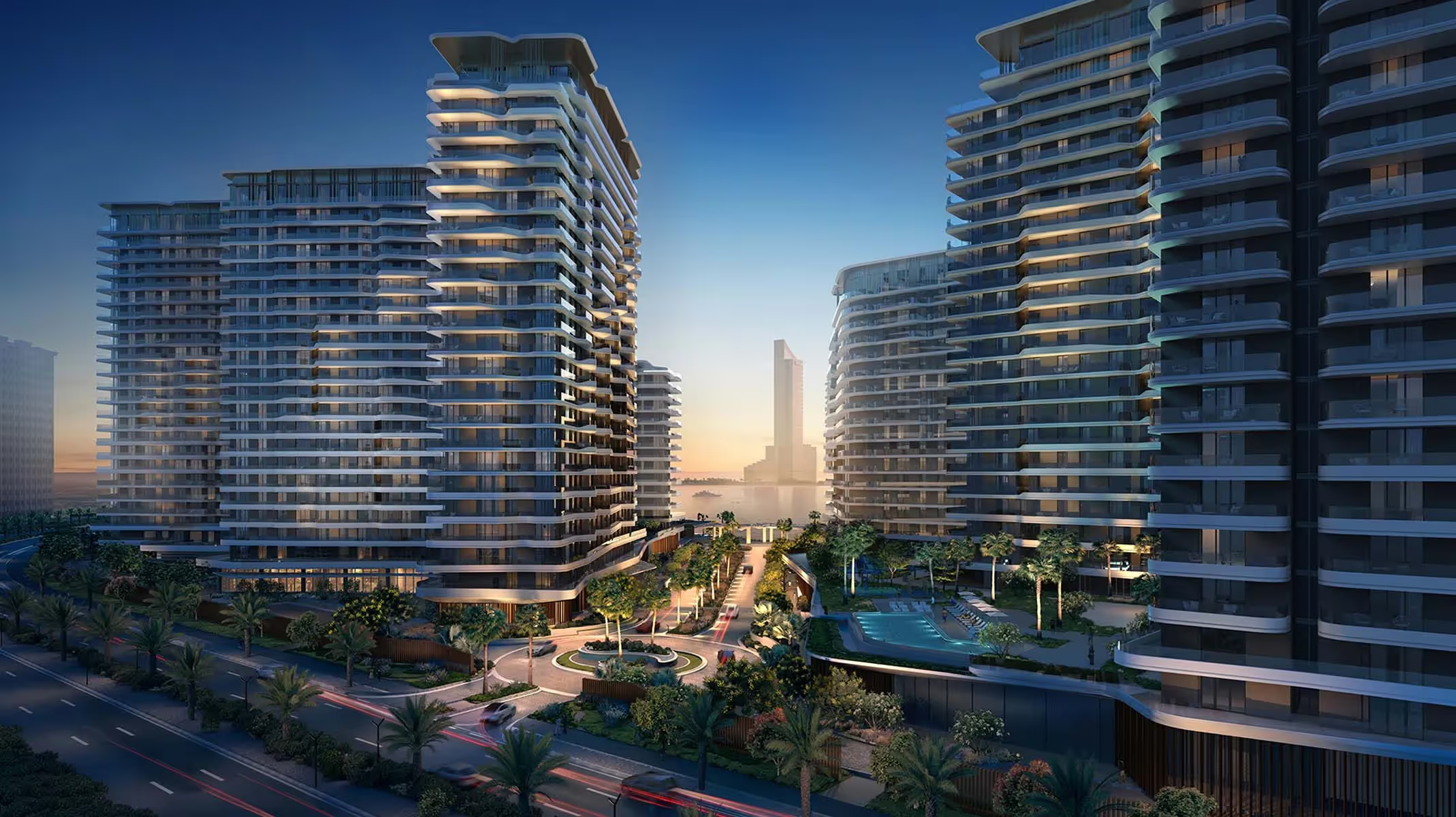

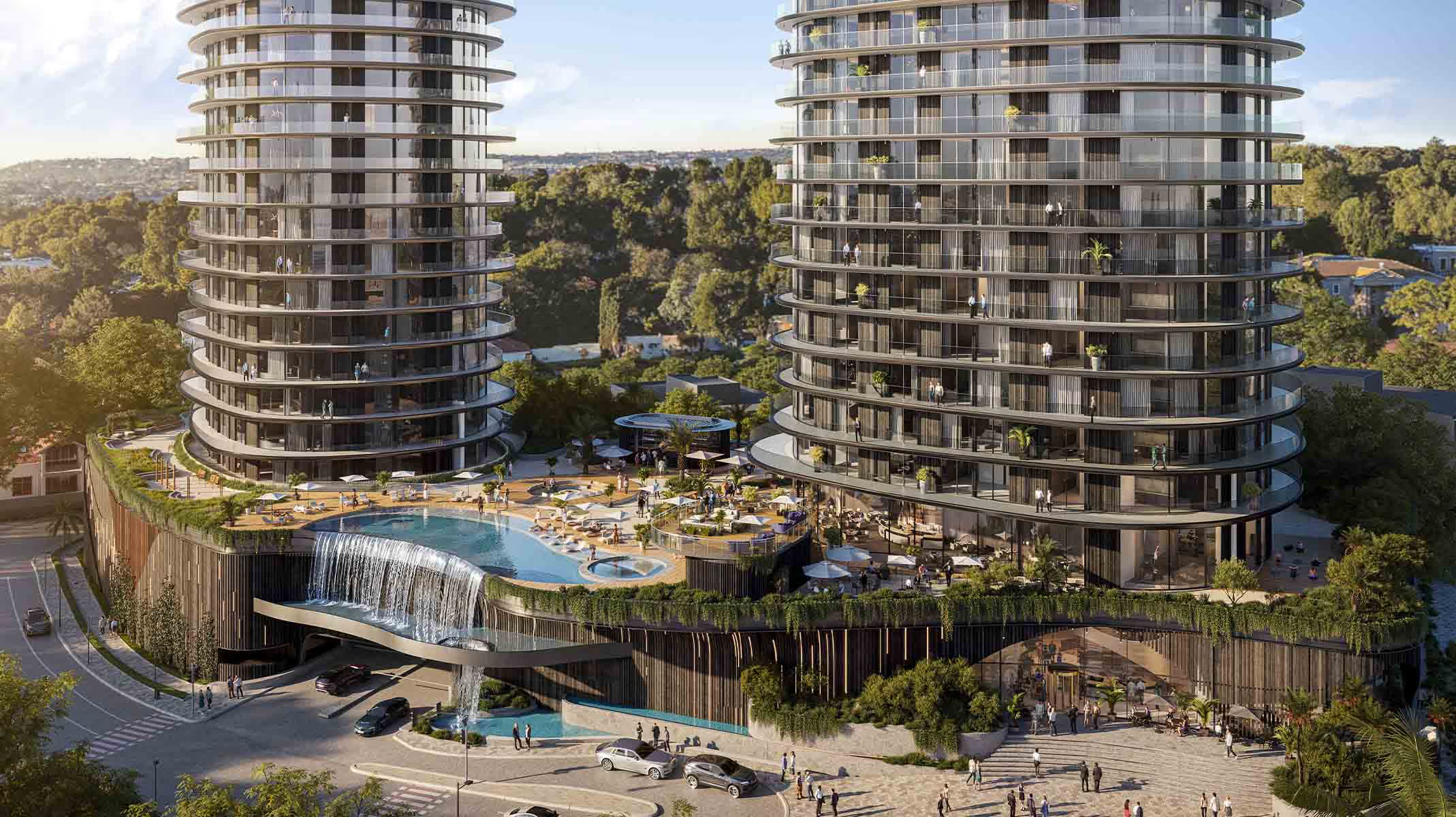
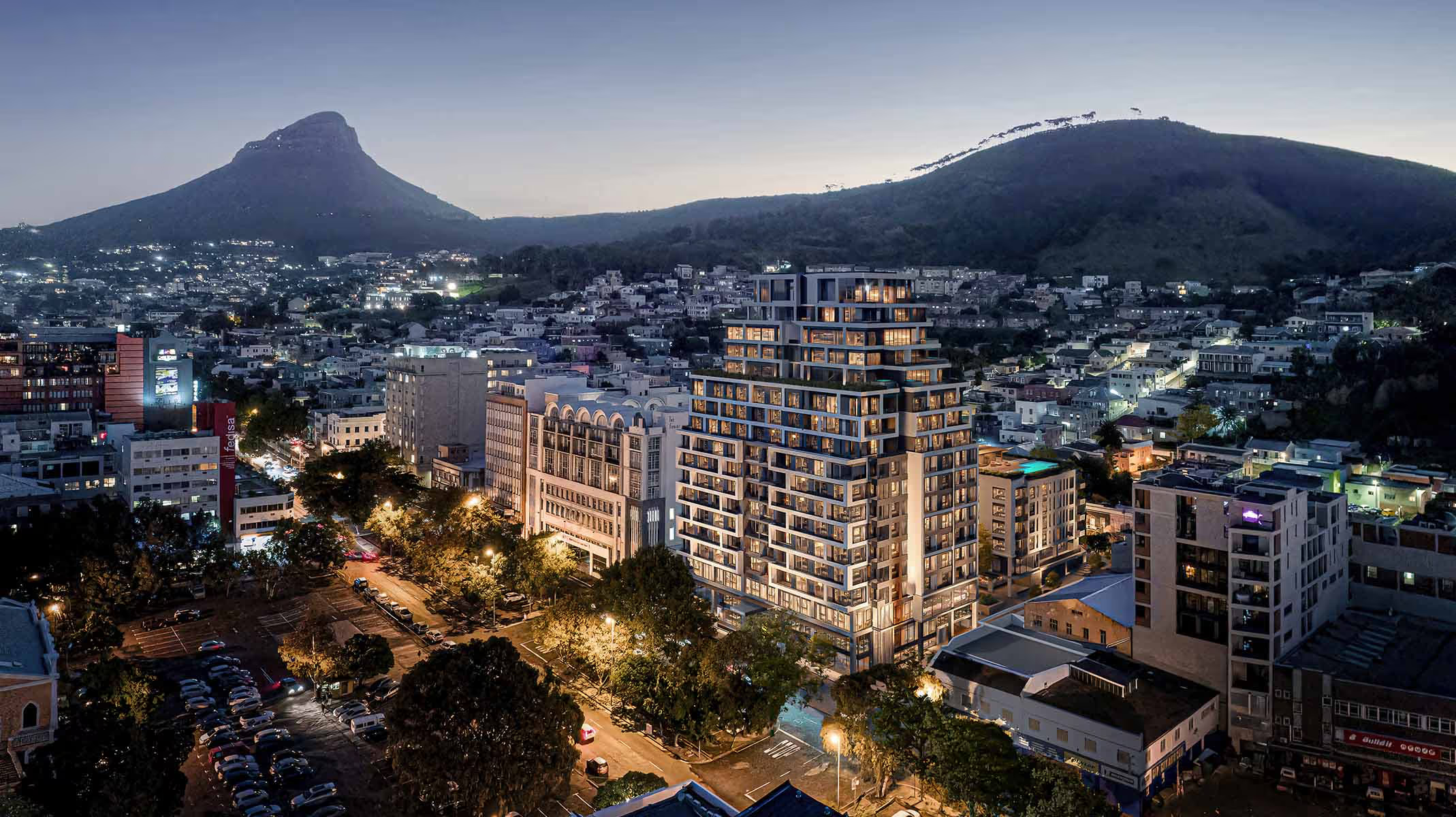
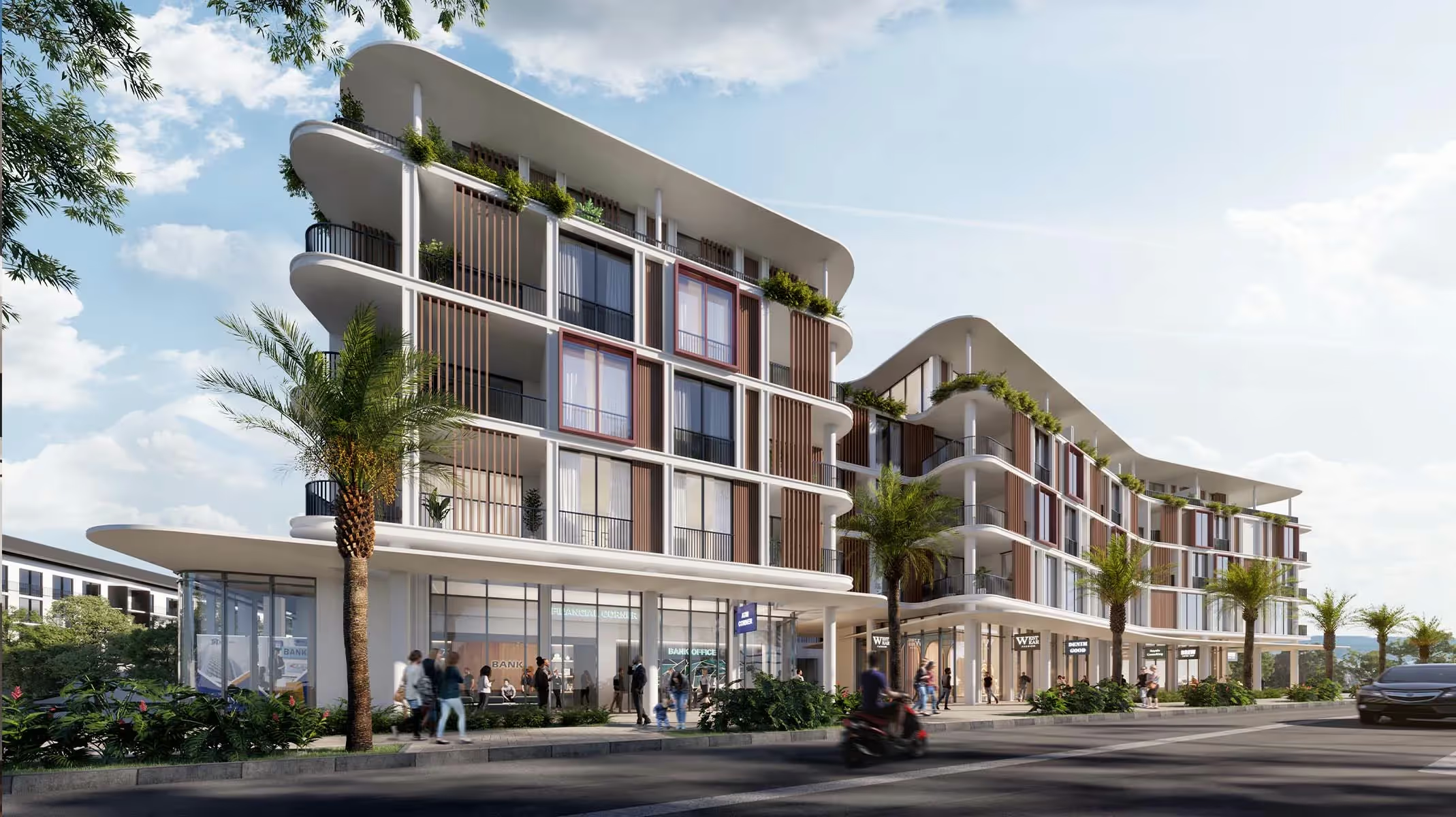
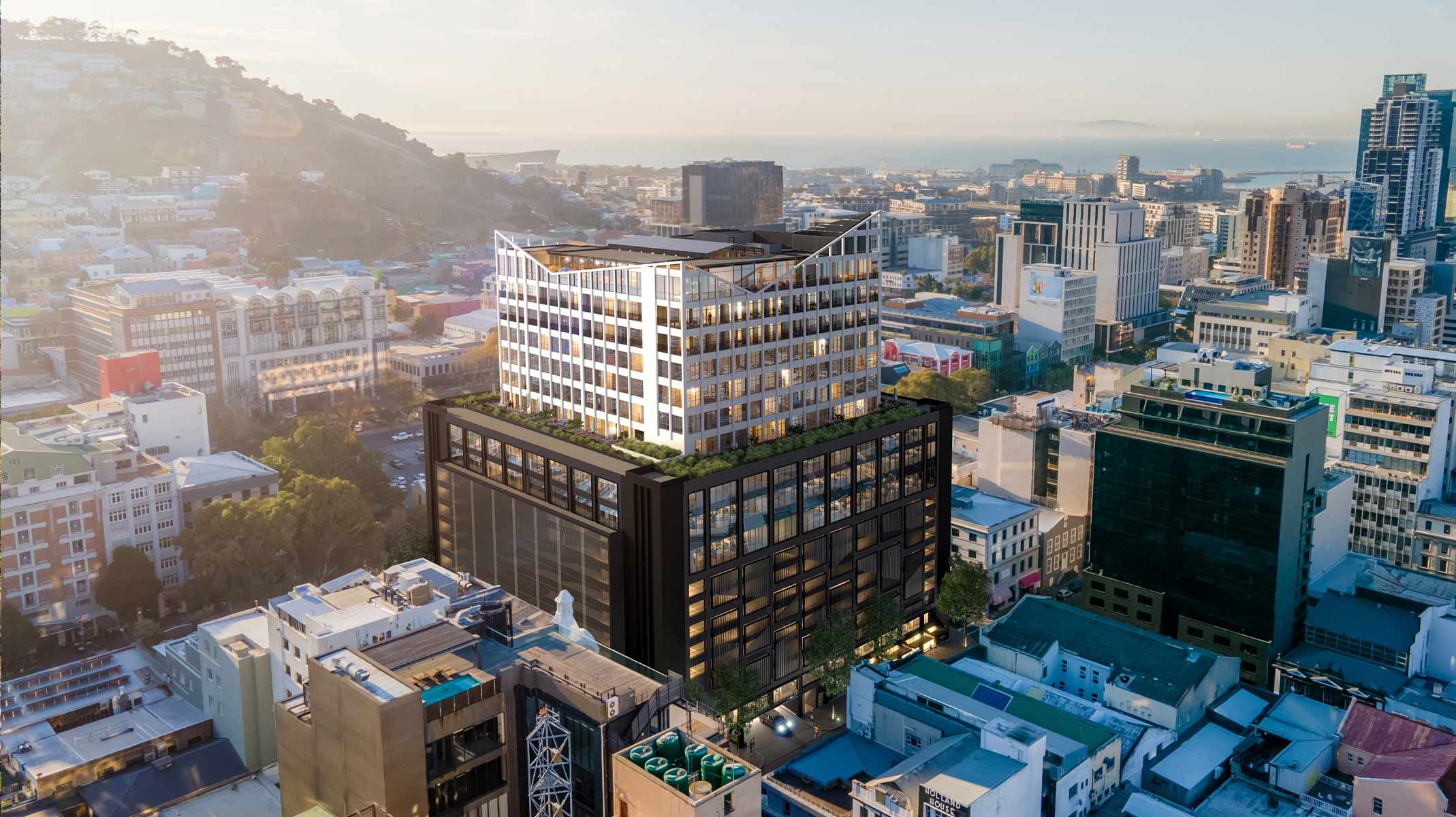
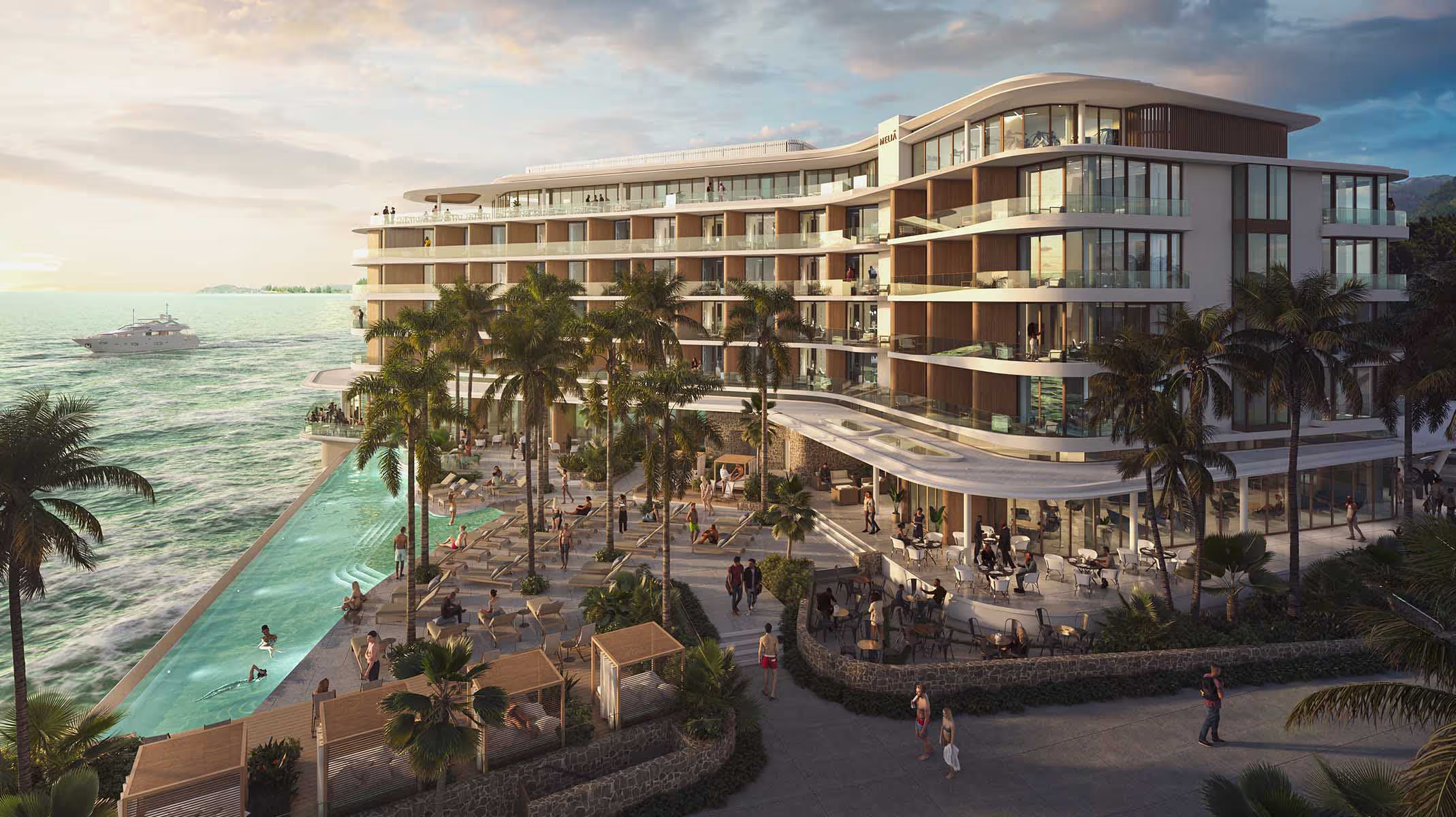
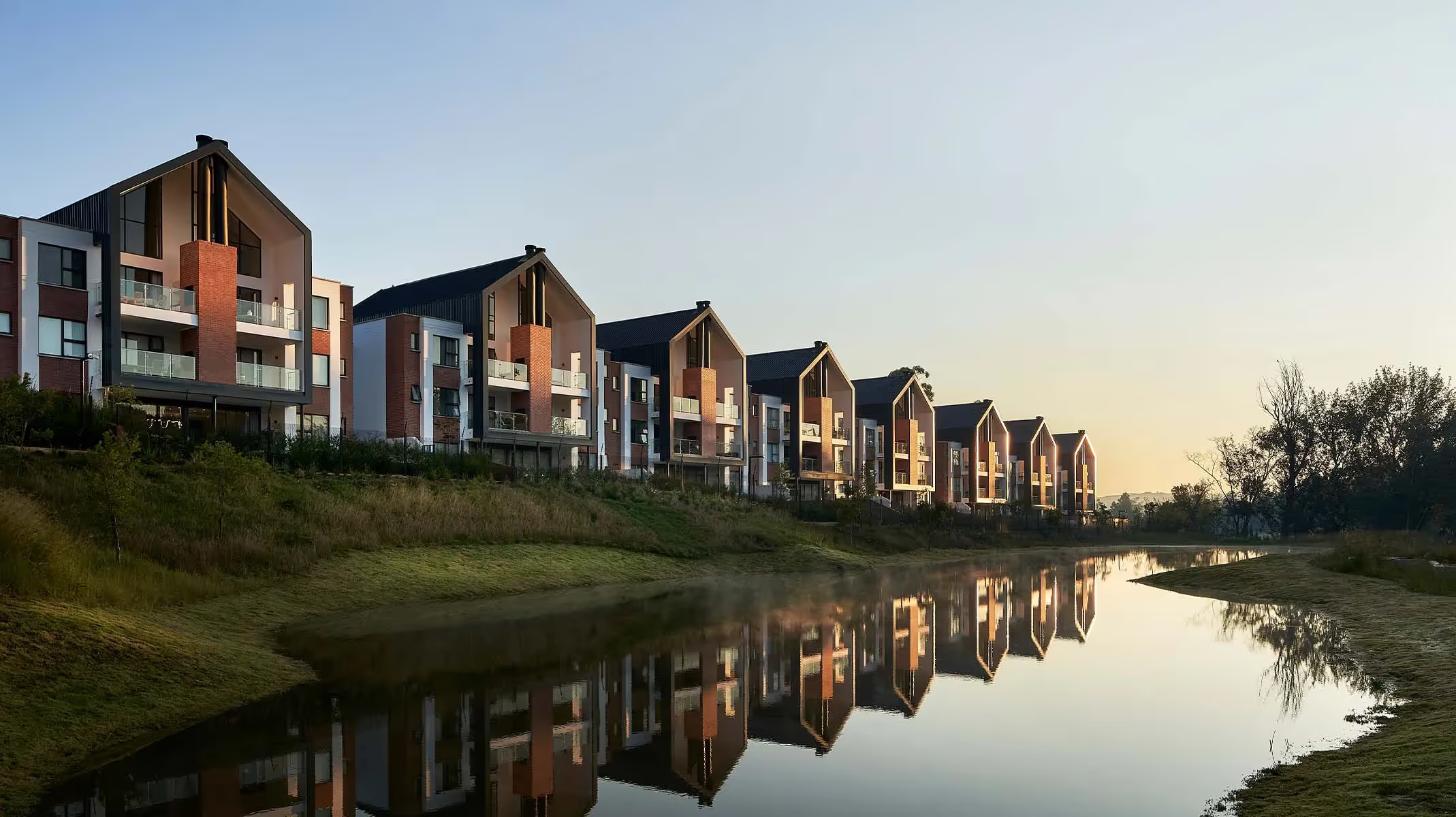


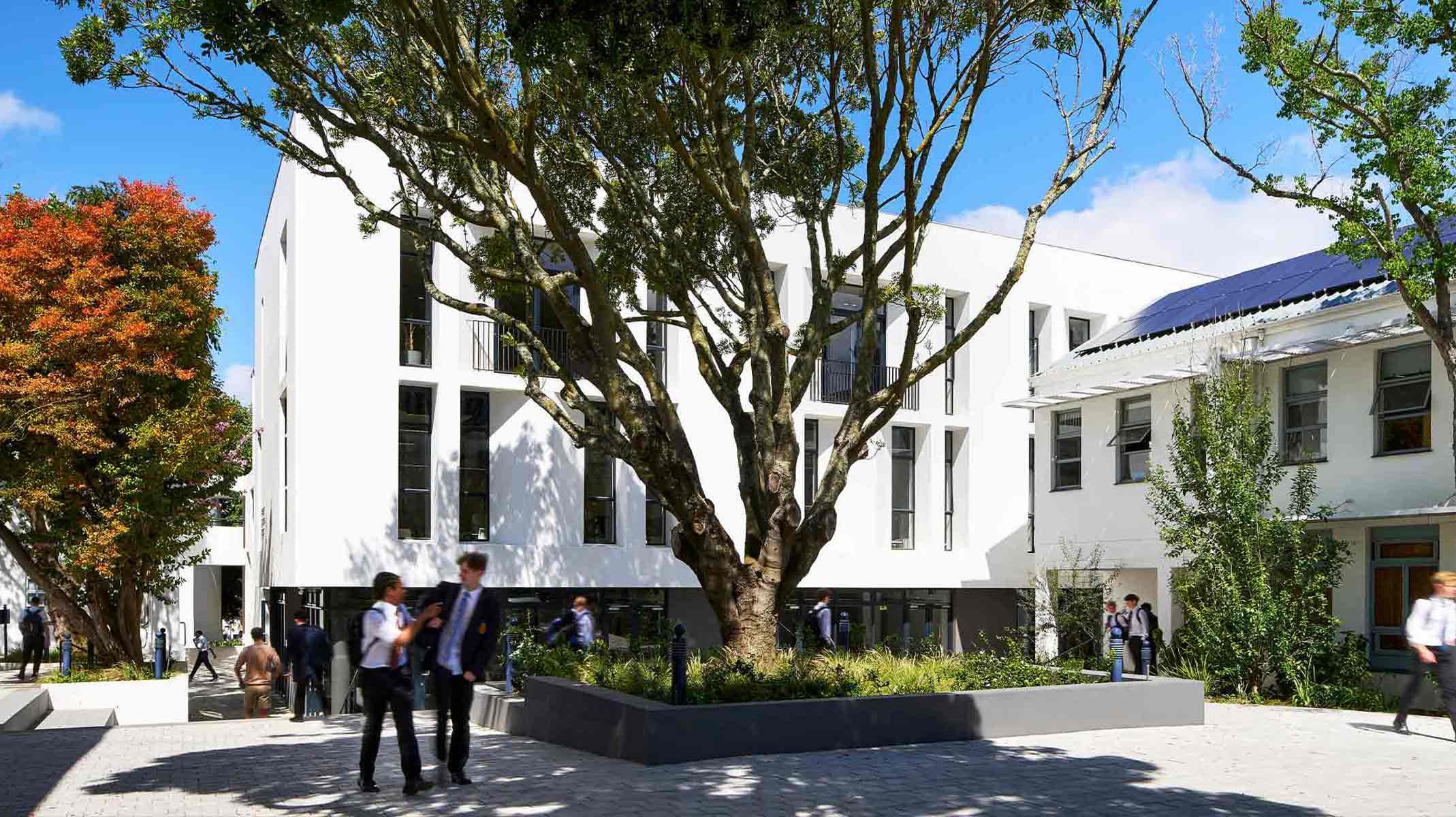
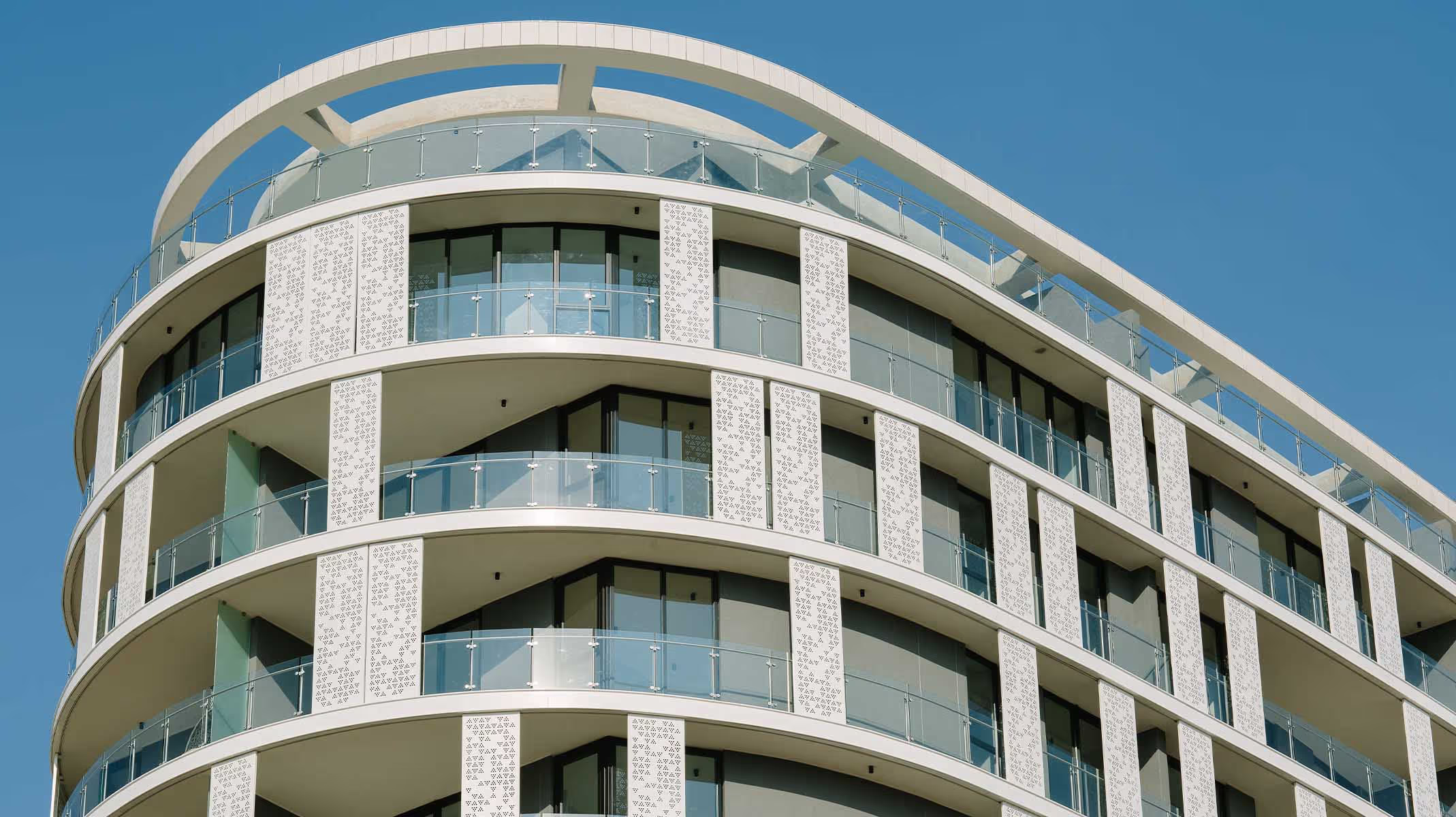

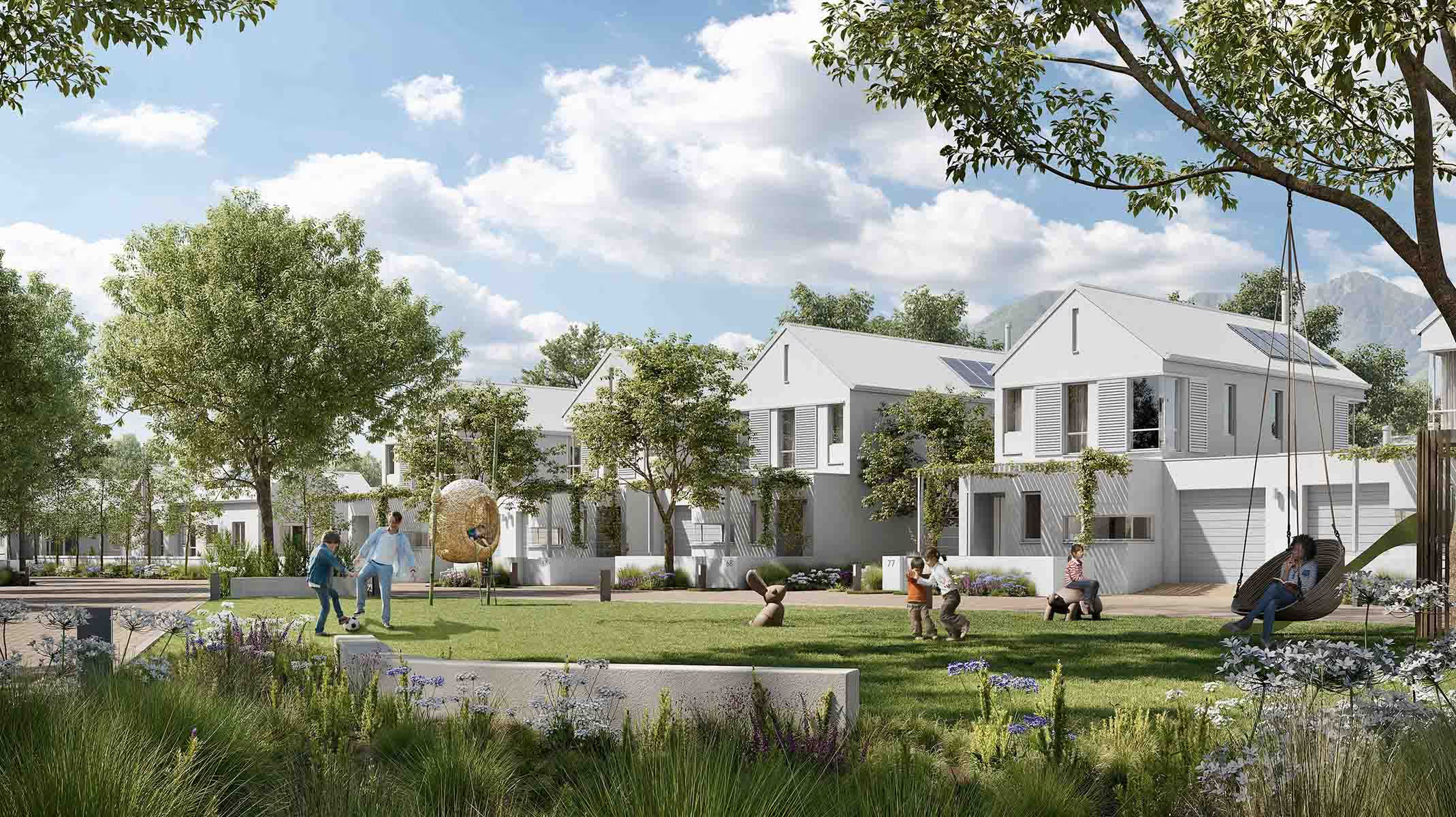
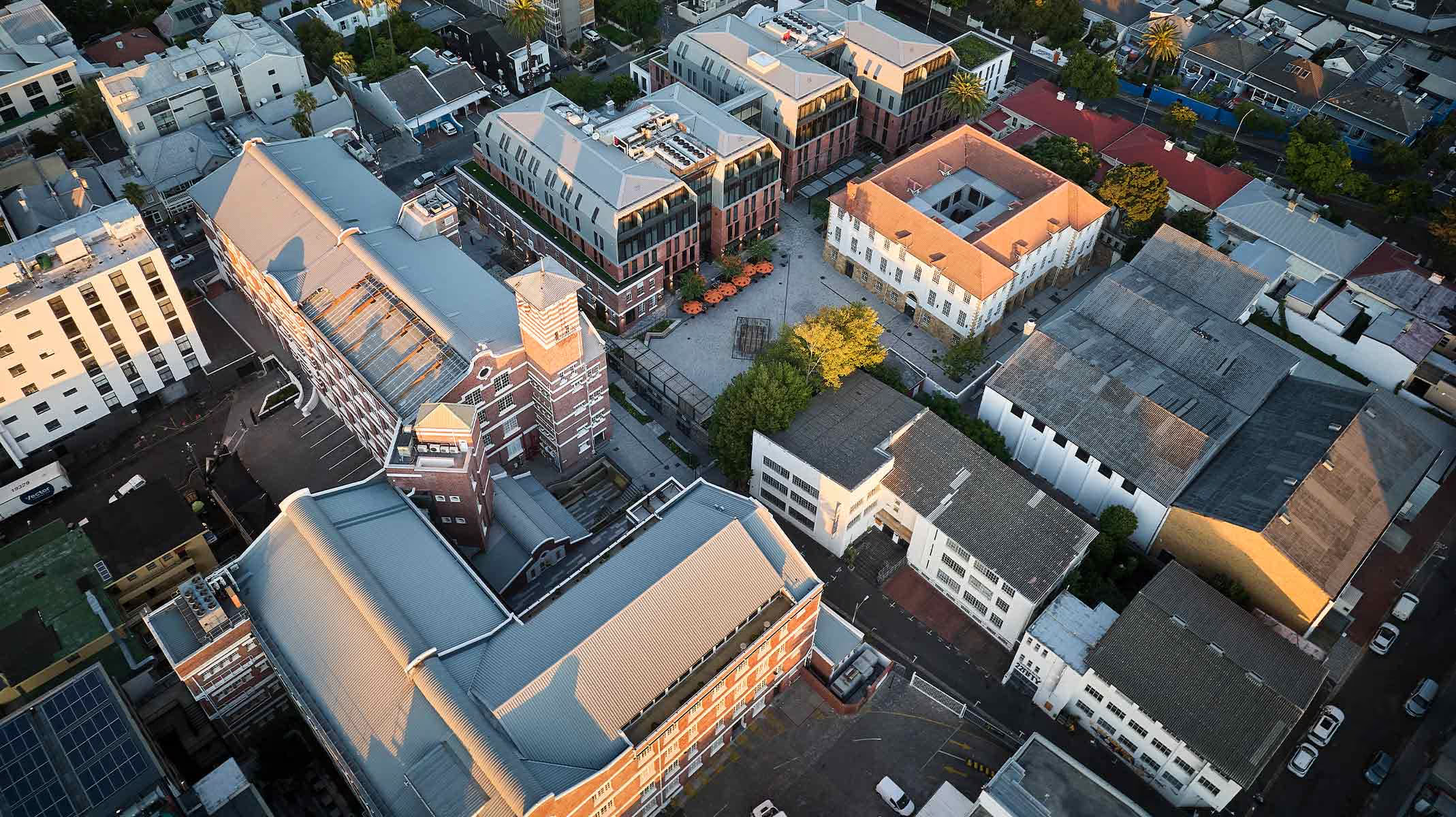






.avif)

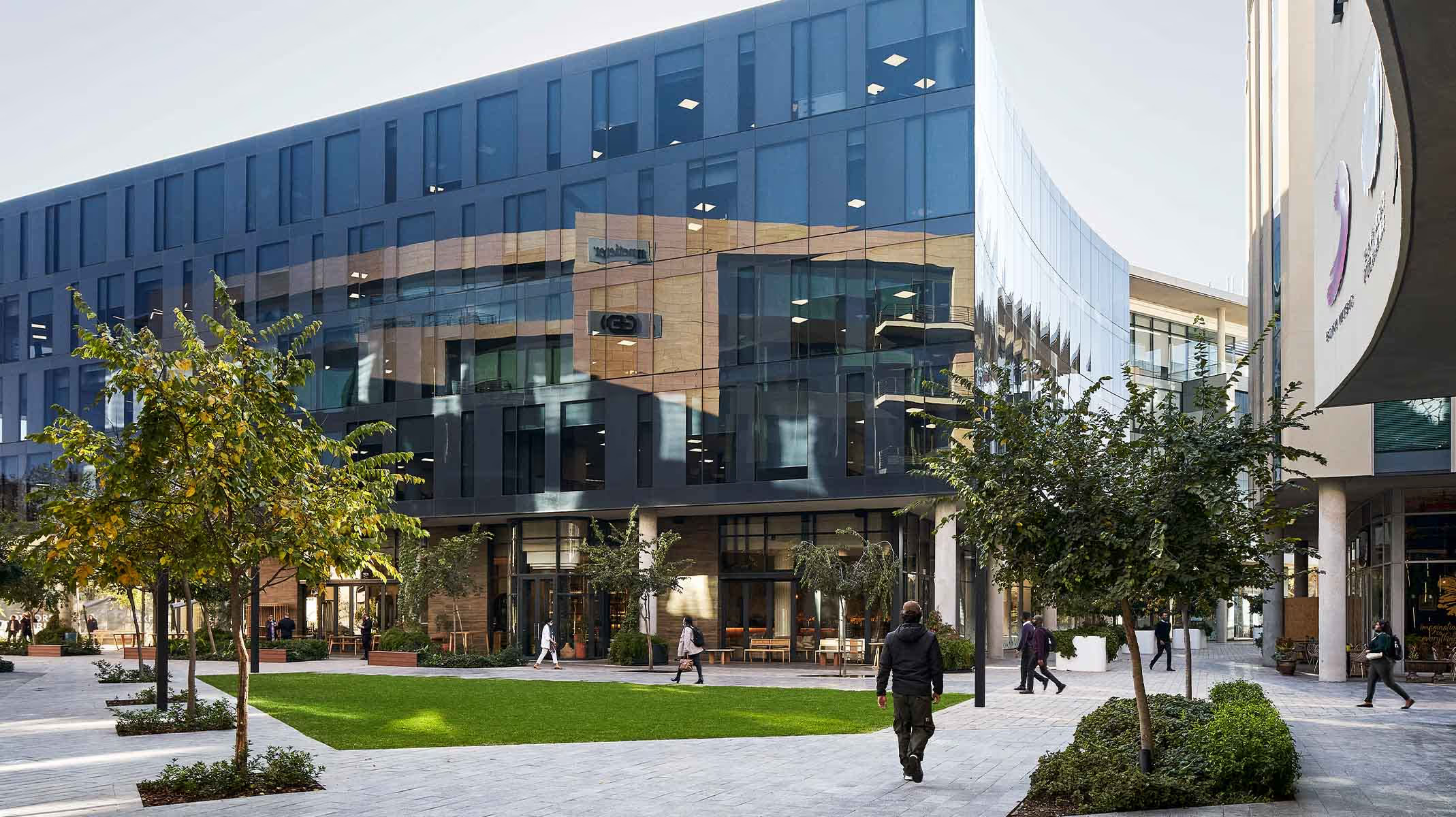

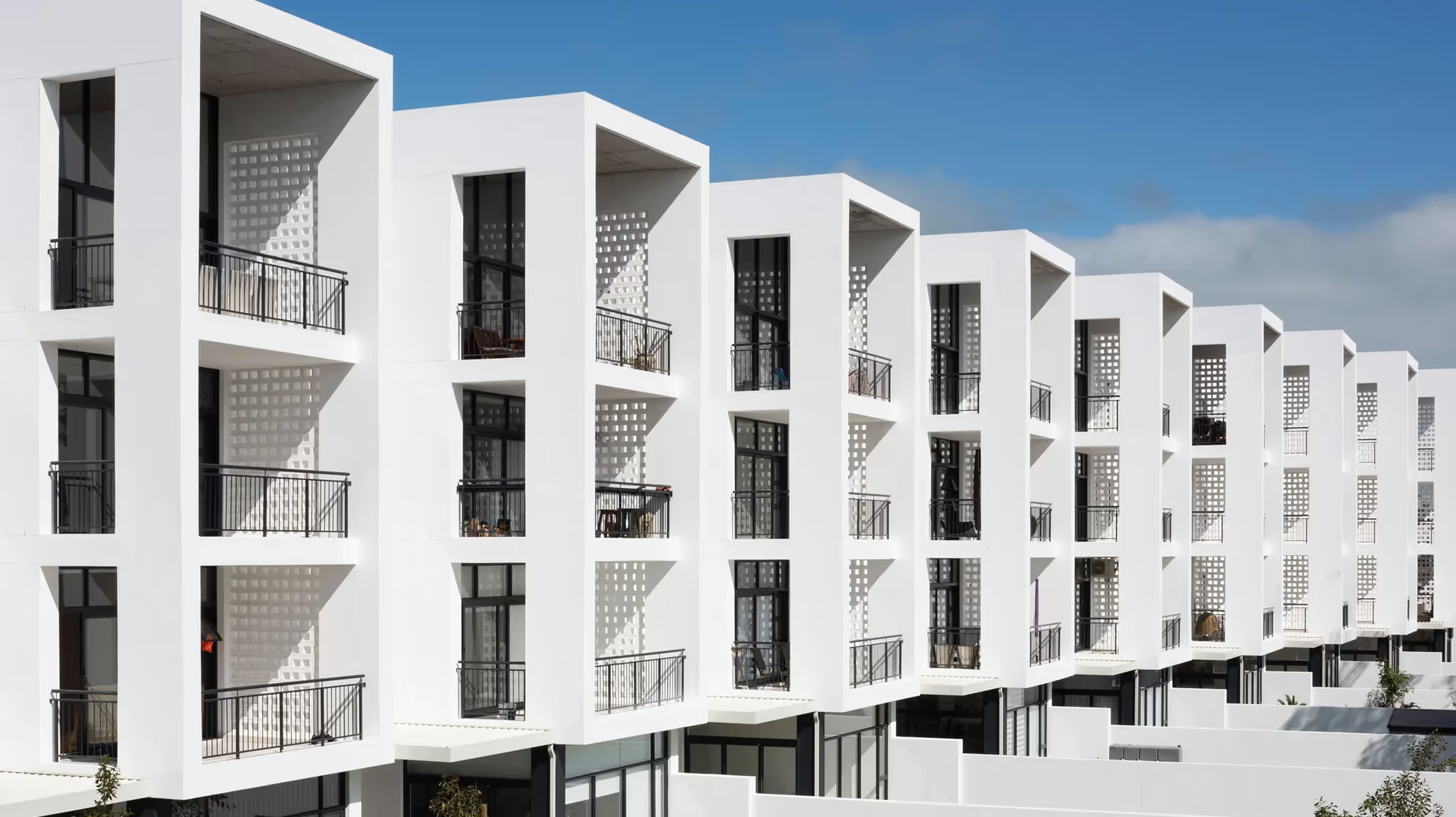


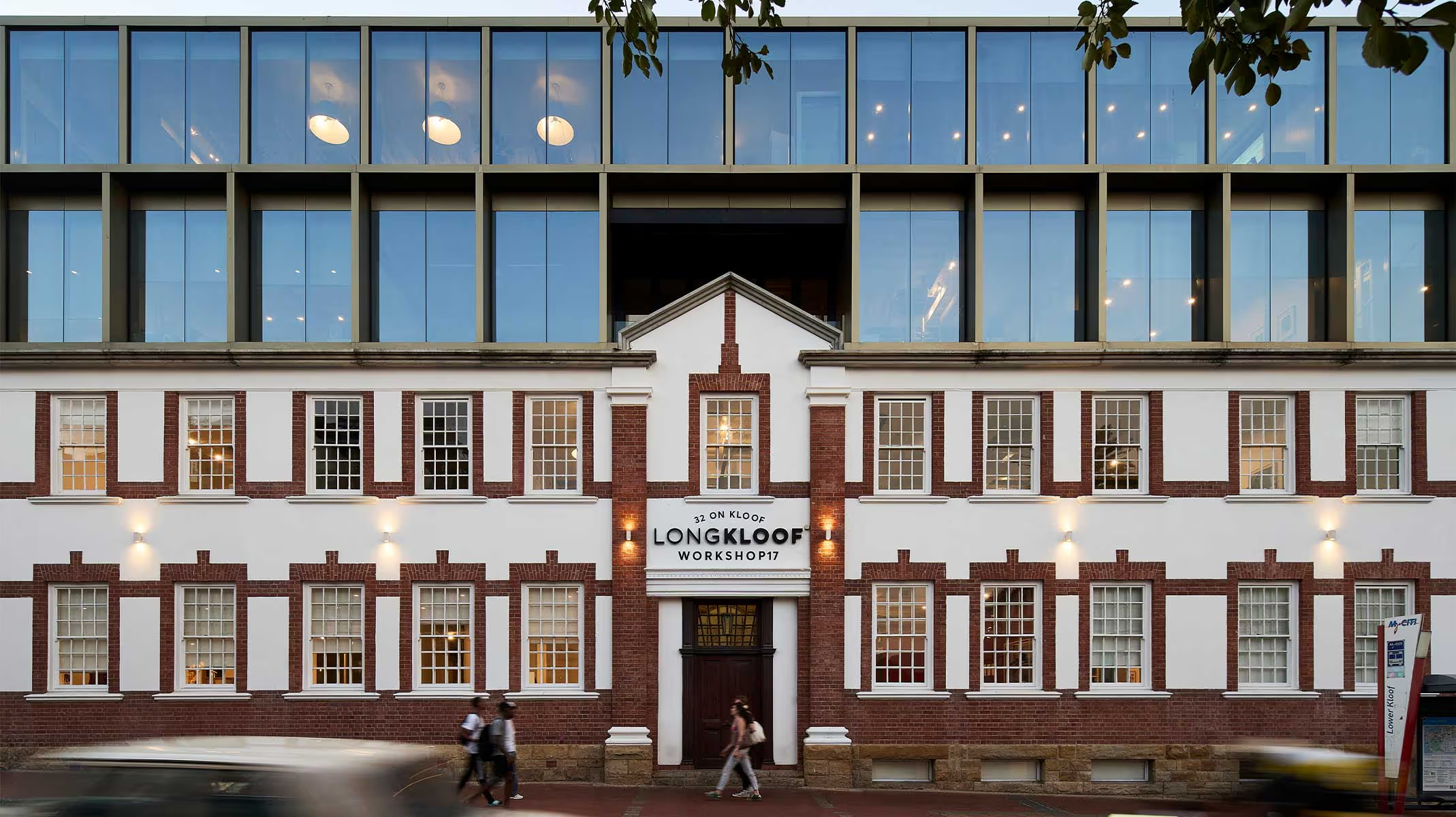
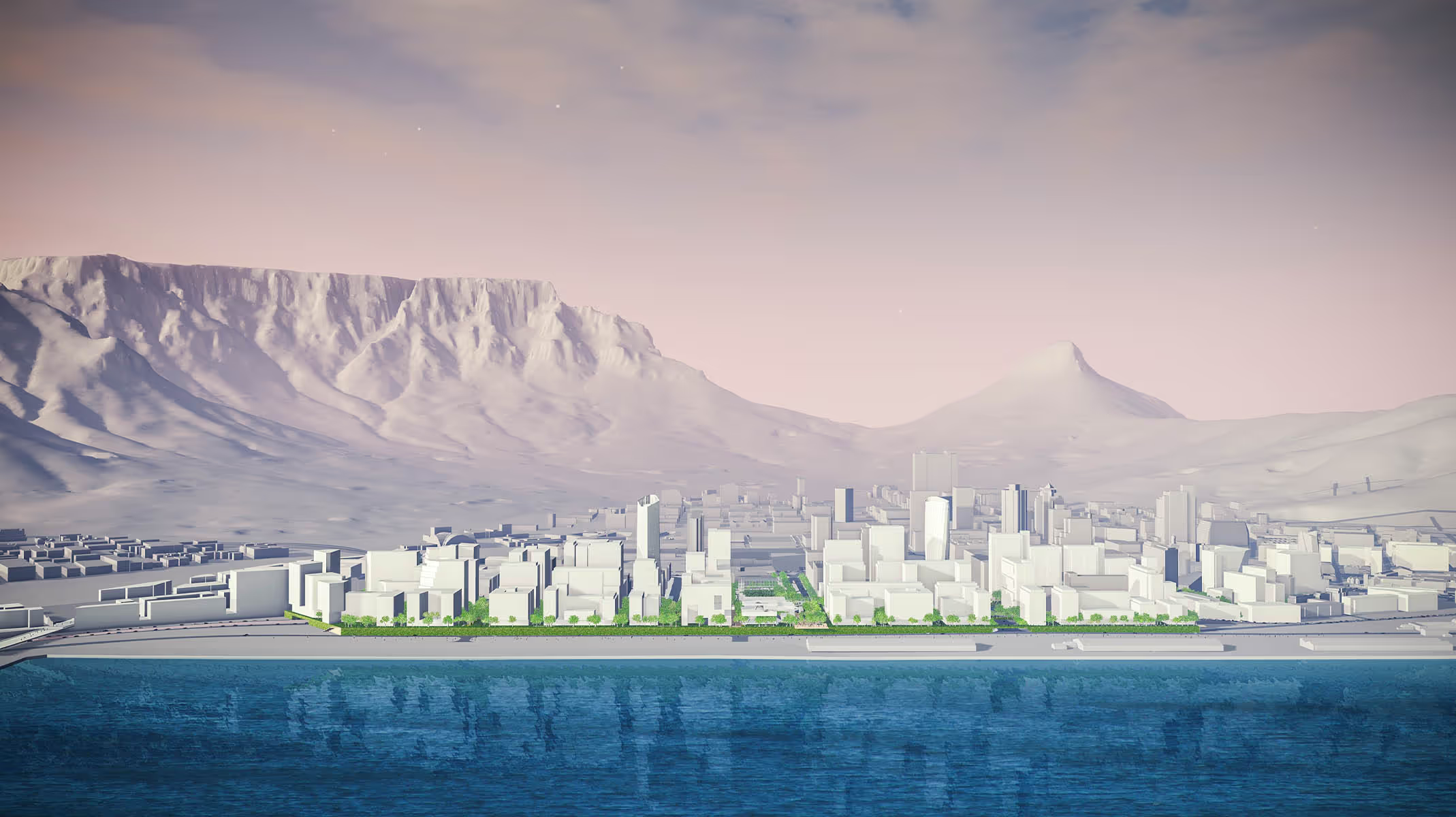
%20(cover).avif)

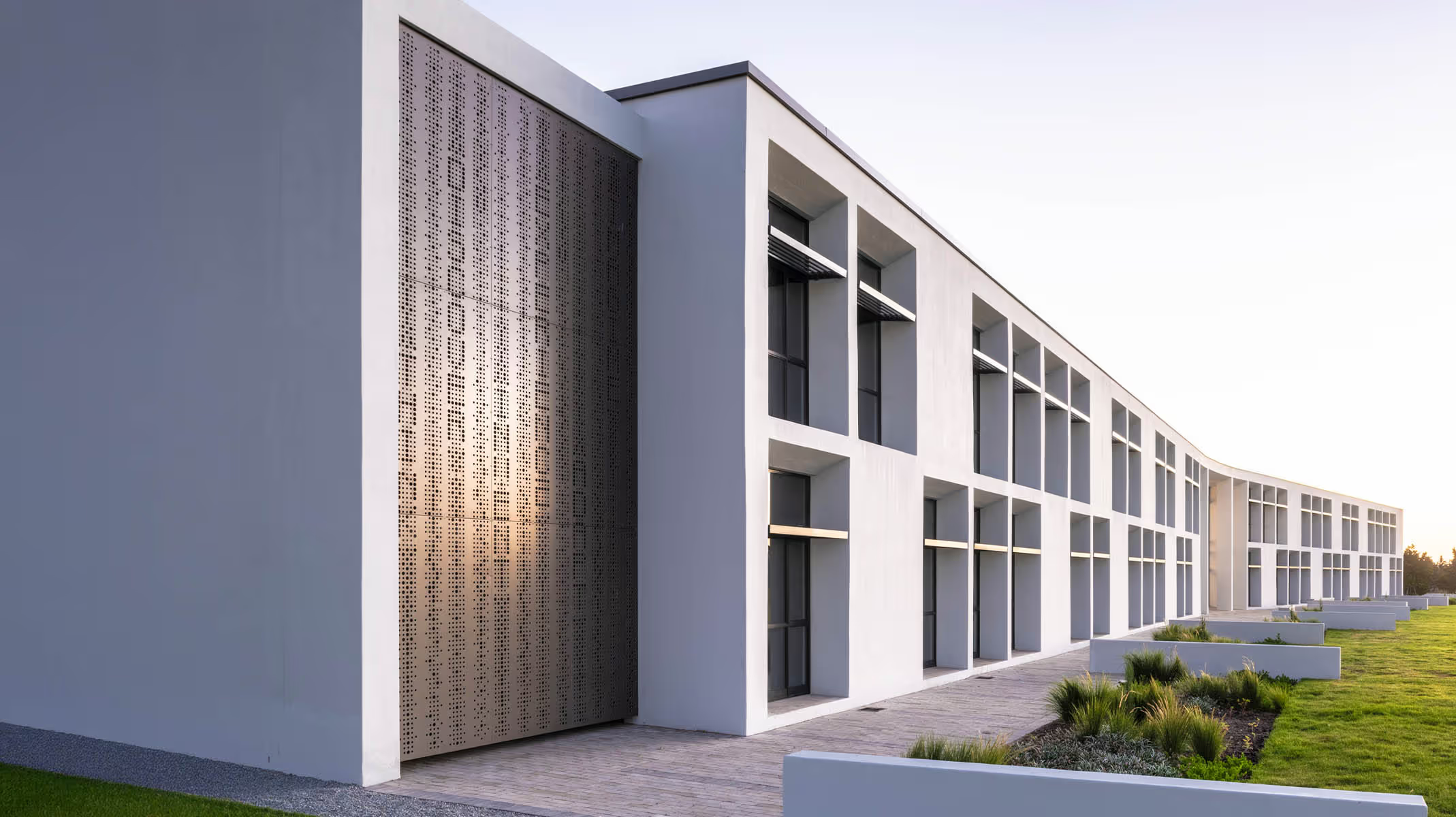
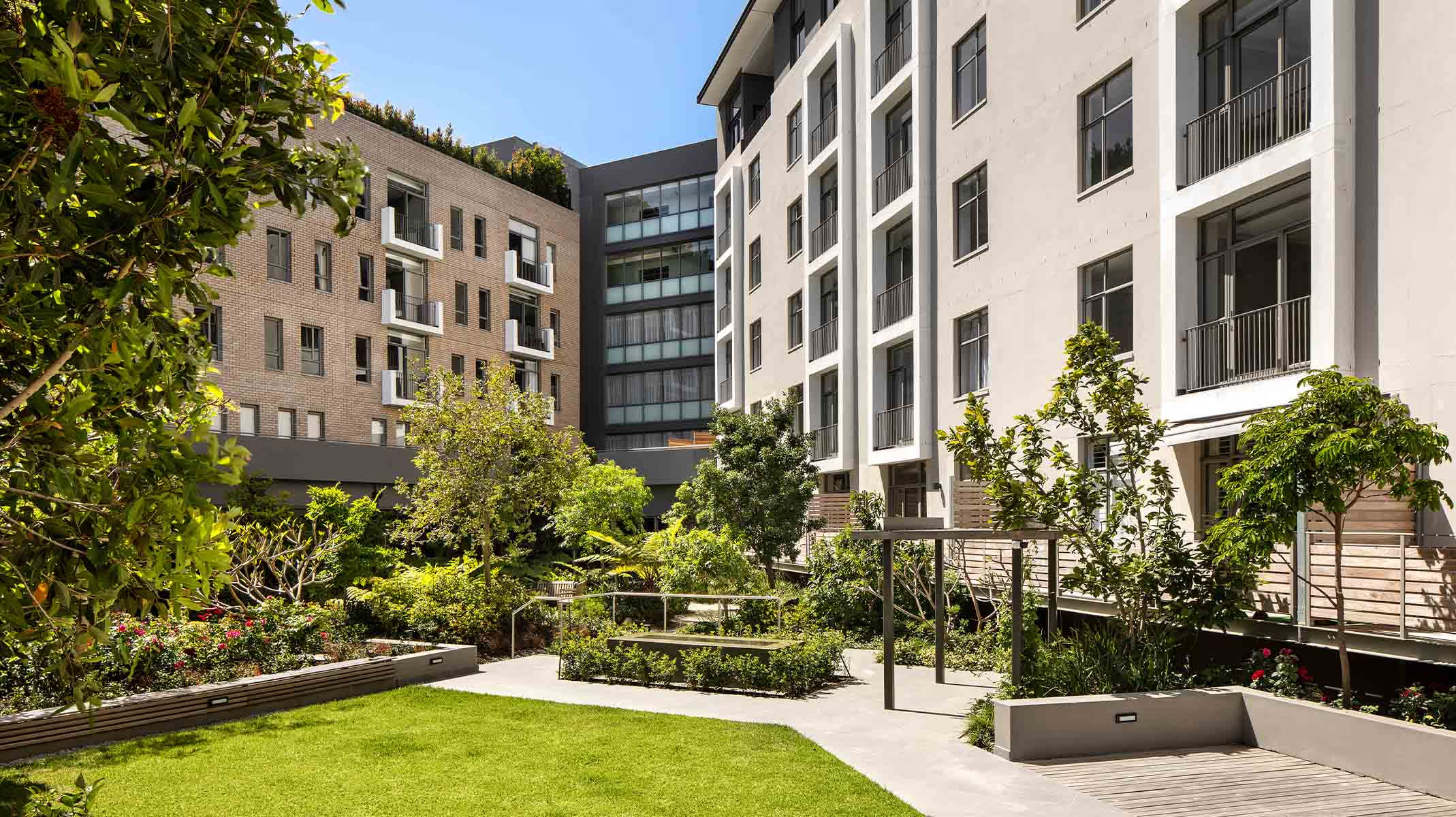
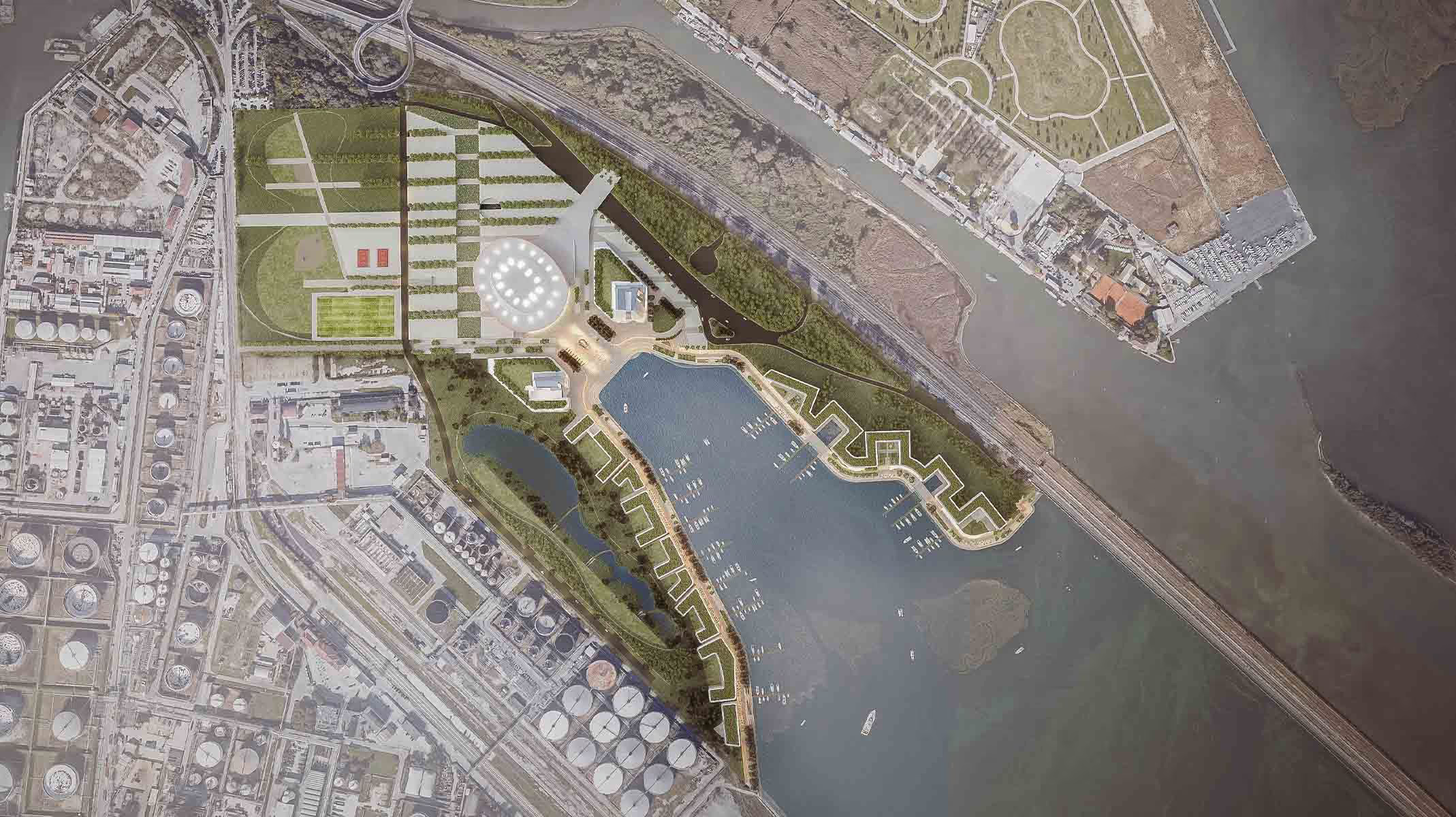





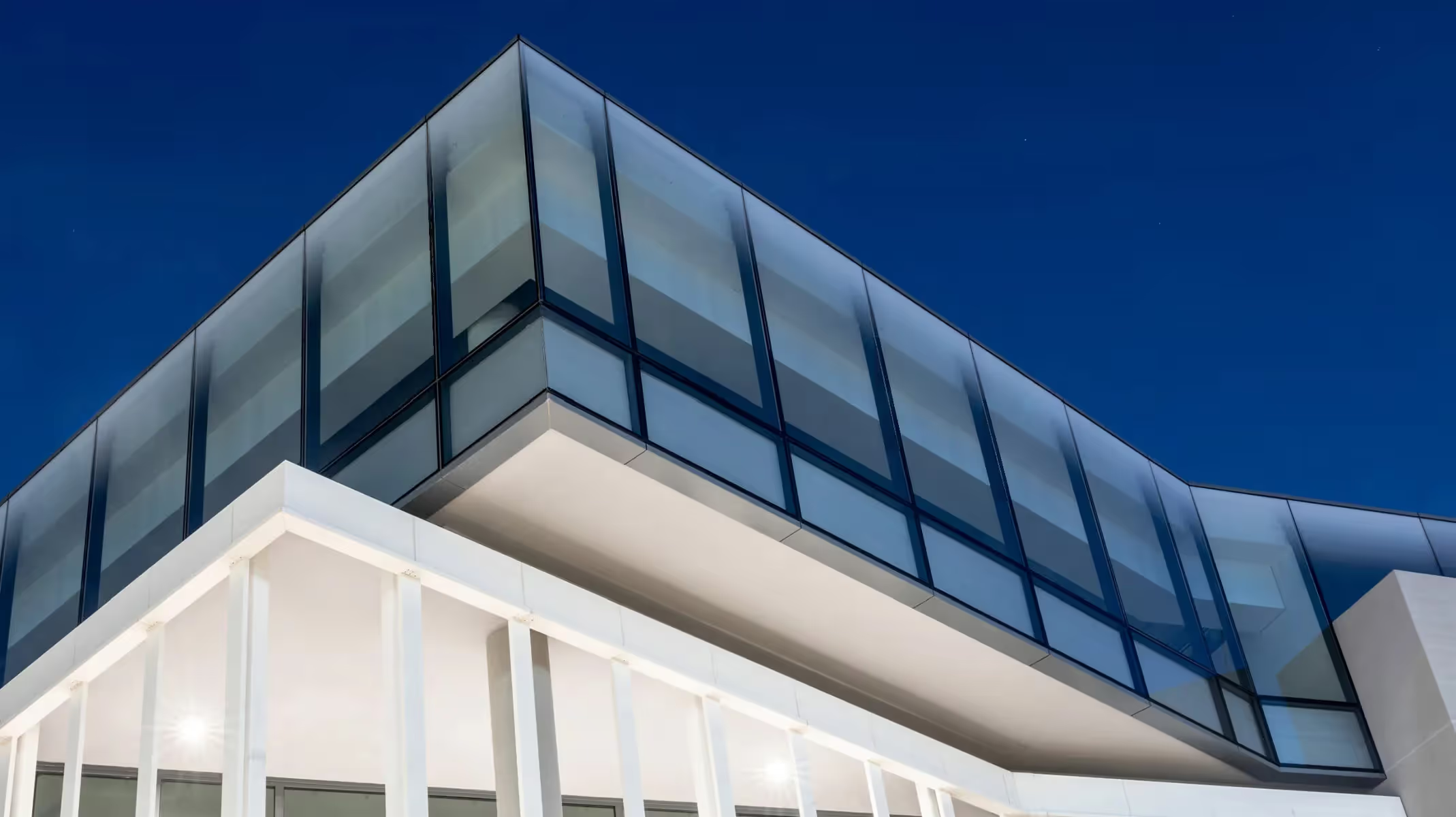

.avif)
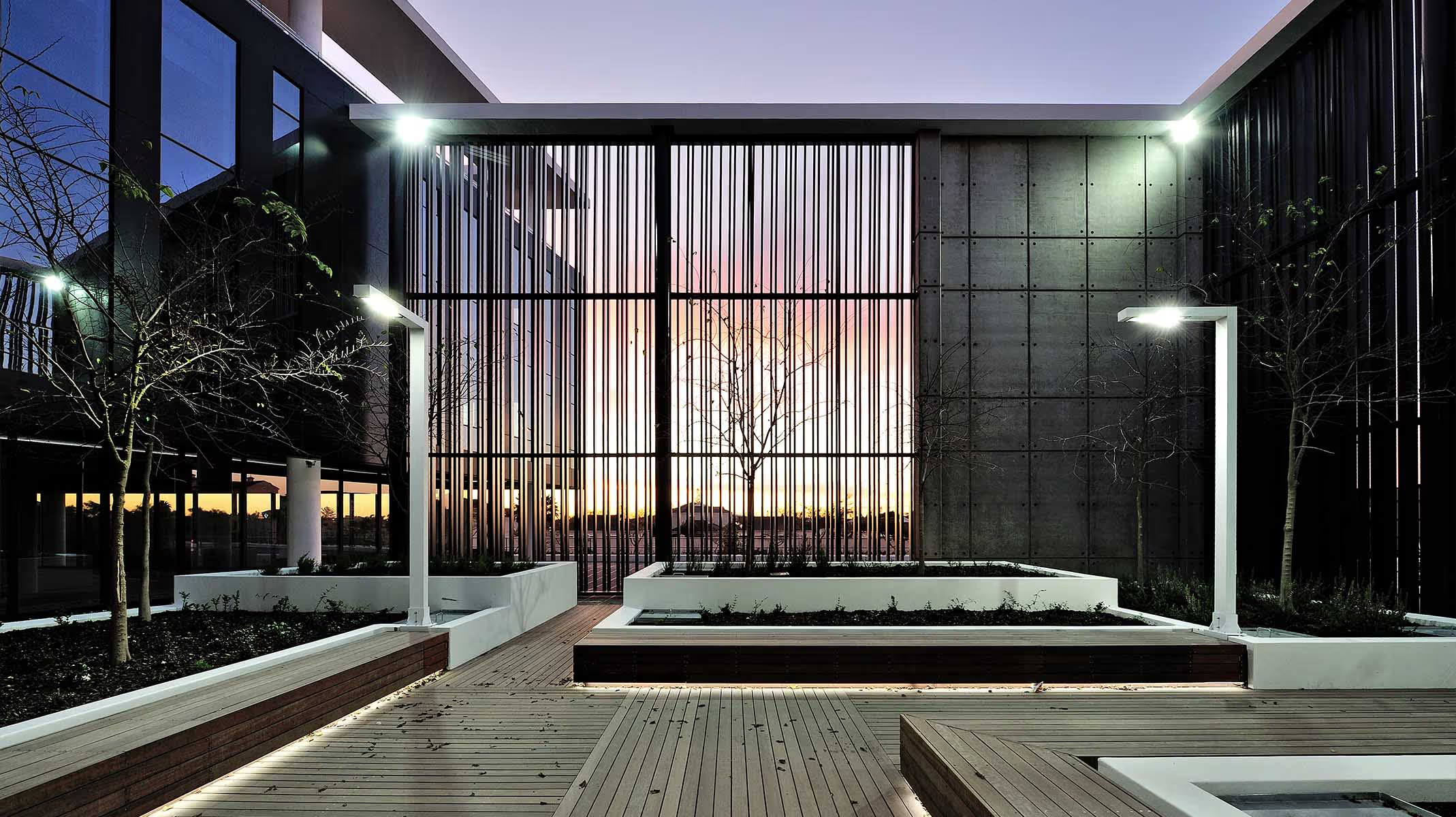
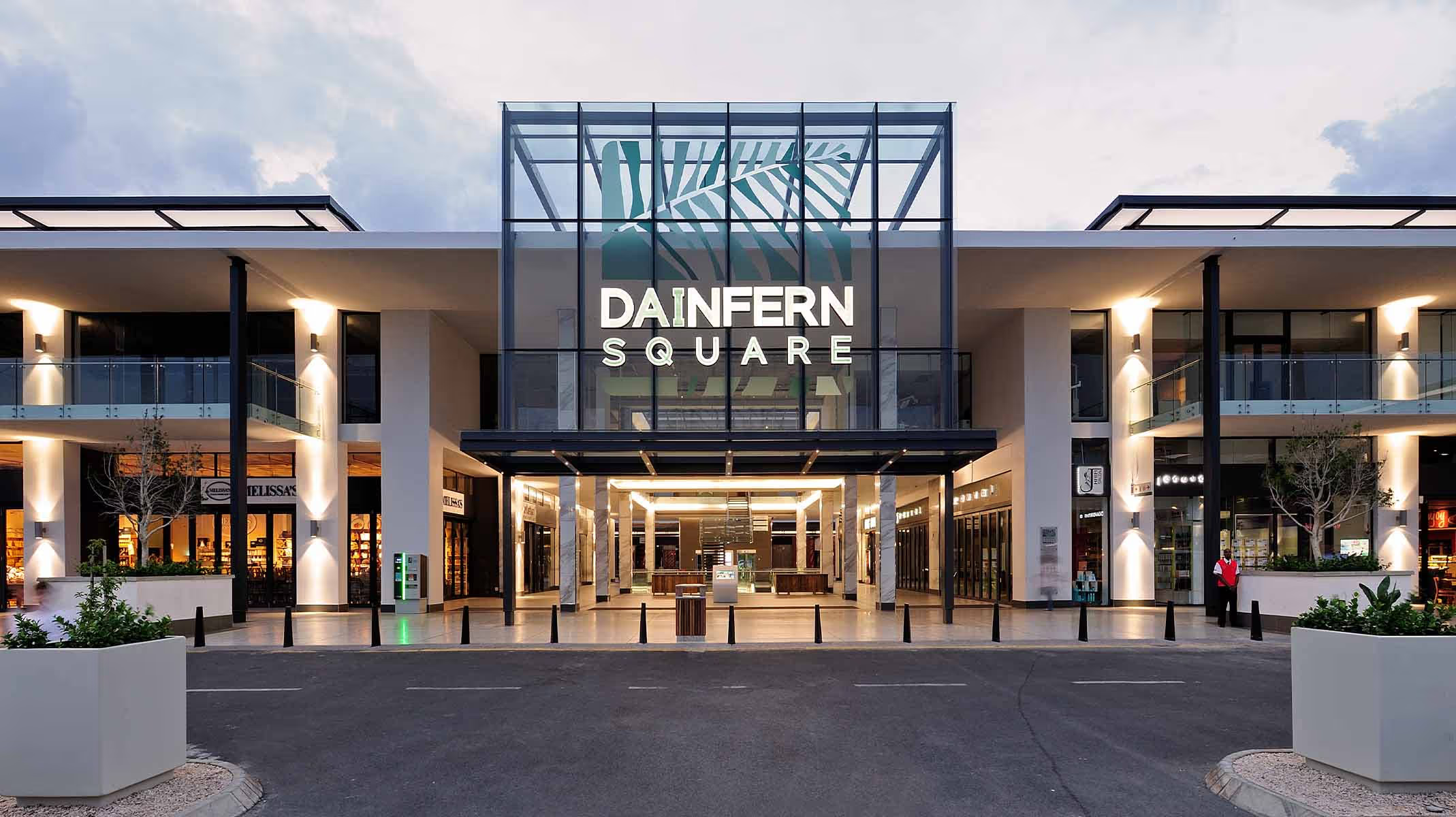

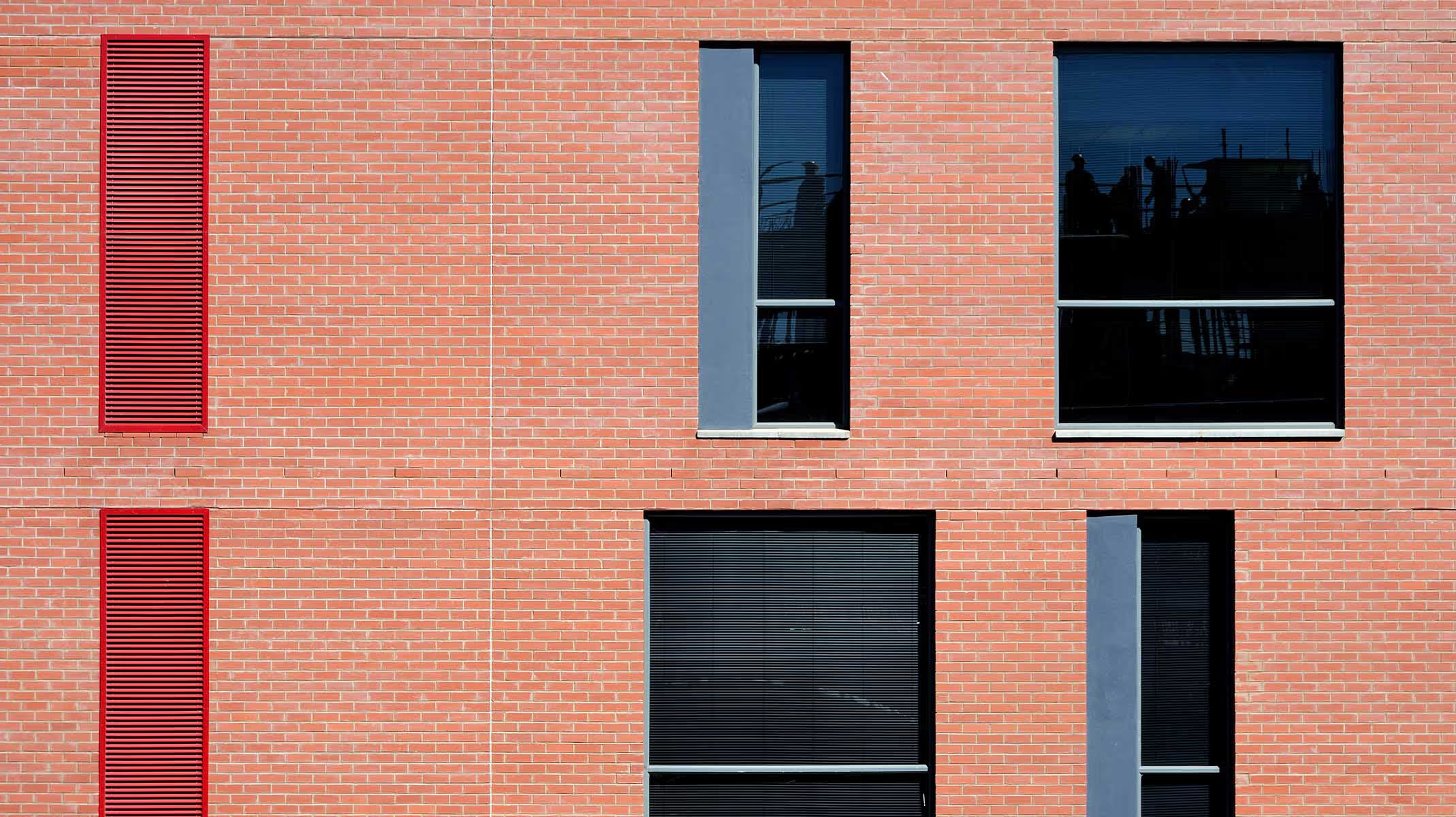

.avif)
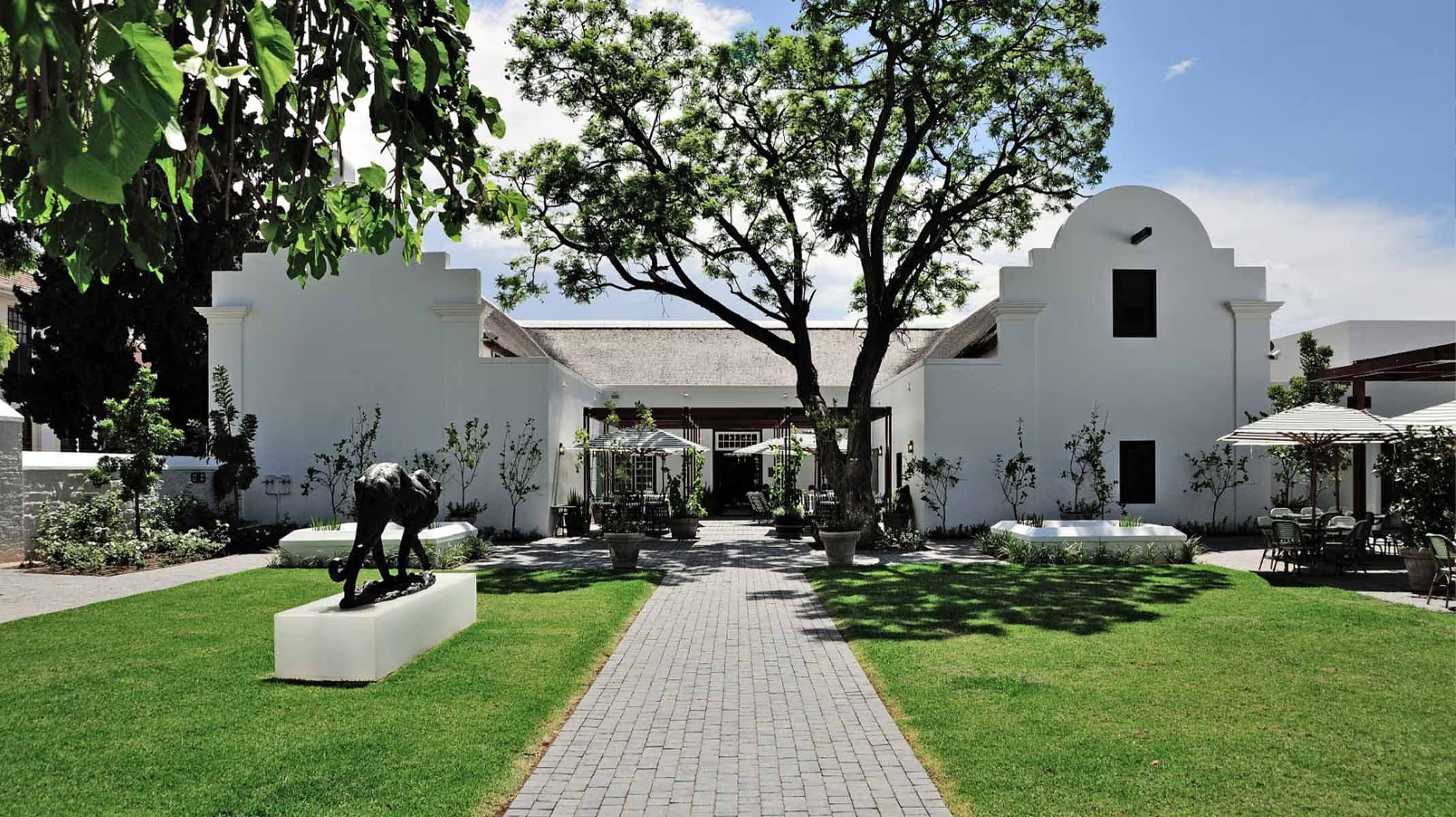
.avif)
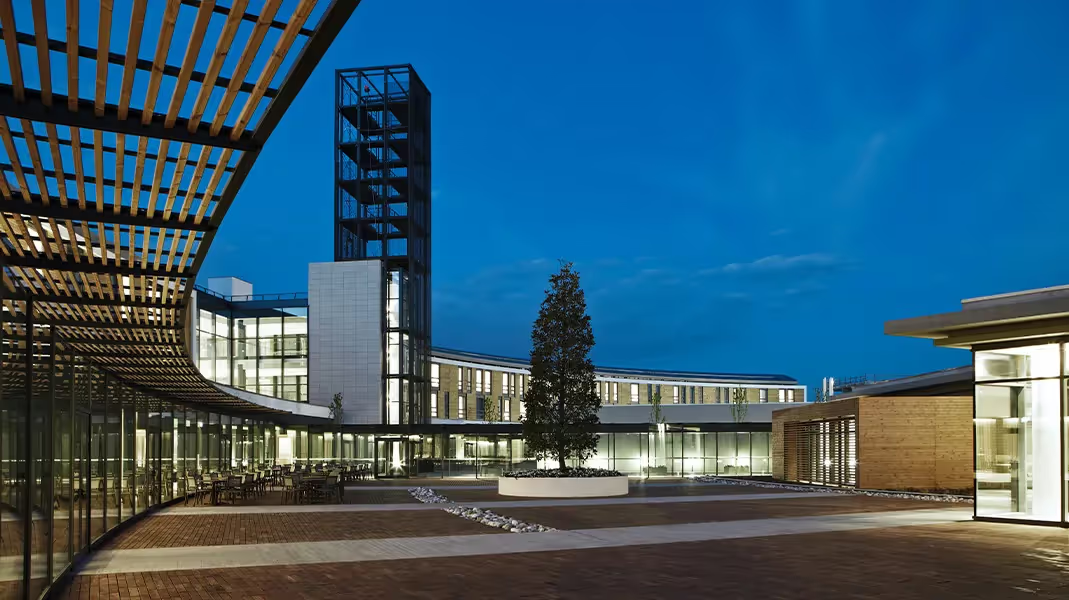
.avif)


